The memorial site of Female General Nguyen Thi Dinh is located in Luong Hoa commune, Giong Trom district, Ben Tre province, built on a total area of 15,000 m2.
Nguyen Thi Dinh Memorial Site is one of the most meaningful tourist destinations in Ben Tre, where the “Land of Steel and Copper” was born and is associated with the name of the first female general of the Vietnam People’s Army. Ben Tre people always respect and affectionately call General Nguyen Thi Dinh by the familiar name “Miss Ba”.
She was born on February 13, 1920, the youngest of 10 children in Luong Hoa commune, Giong Trom district, Ben Tre province. When she turned 16, she began participating in the revolution, taking on the task of liaison, distributing leaflets and mobilizing the masses to fight. In 1938, she was admitted to the Indochinese Communist Party. In 1946, she was a member of the delegation of Zone 8 cadres who crossed the sea to meet Uncle Ho to report on the revolutionary situation in the South and ask for weapons support, thereby opening the legendary Ho Chi Minh trail at sea, the predecessor of the later unnumbered trains.
Upon returning to her hometown, Co Ba and the Ben Tre Provincial Party Committee led the people to rise up and break the enemy's grip in the three communes of Dinh Thuy, Binh Khanh and Phuoc Hiep (Mo Cay district, now Mo Cay Nam district) to create the Dong Khoi movement on January 17, 1960, opening the climax of simultaneous uprisings in the entire province and the South at that time. Her name is associated with the Dong Khoi Ben Tre movement, with the "Long-haired Army" that terrified the enemy.
The image of Miss Ba Dinh with her traditional Vietnamese dress, checkered scarf, conical hat, and small shoulder bag has become the belief of the army, people in the South, and female revolutionaries across the country.
During her activities, Ms. Ba Dinh was captured and brutally tortured by the enemy many times. However, the fighting spirit of the Ben Tre girl remained steadfast, loyal to the revolution and the nation. By 1974, Ms. Ba Dinh had been promoted to the rank of Major General of the Vietnam People's Army, a dignified and kind female general, majestic and gentle and sincere.
The female general was once praised by Uncle Ho: “The Deputy Commander-in-Chief of the Southern Liberation Army is Ms. Nguyen Thi Dinh. In the whole world, only our country has such a female general. It is truly glorious for the whole South, for our whole nation.”
At 22:50 on August 26, 1992, female general Nguyen Thi Dinh passed away. She lived a full life with the country, made many great contributions to the Fatherland and the people. She was awarded two Ho Chi Minh Medals, the First Class Military Exploit Medal and many other noble medals by the State. In 1968, she received the Lenin International Peace Prize. On August 30, 1995, she was posthumously awarded the title Hero of the People's Armed Forces. A lifetime of fighting and sacrificing, female general Nguyen Thi Dinh has become a legend, not only representing the heroic - indomitable - loyal - capable women of the South, but also a model for Vietnamese women and progressive women around the world.
After her death, the people of Hat Mon commune (Phuc Tho, Hanoi) set up an altar for her in the Hai Ba Trung temple. Her name was given to many streets and schools in Vietnam. On October 18, 2011, the Vietnam Women's Union of Ben Tre province held the inauguration ceremony of the Memorial Exhibition House. This is the place to introduce and display many artifacts related to the life and revolutionary career of Ms. Nguyen Thi Dinh.
The memorial area of General Nguyen Thi Dinh is nearly 15,000 square meters wide. The temple was built simply, with beautiful and solemn patterns and motifs in a garden with many green trees and fresh, airy fruit trees.
The meritorious construction is in the form of a communal house in the countryside of Vietnam, with a traditional fence of a gate with decorative motifs in the front; inside is a stele house, a shrine, an exhibition house, and a spacious campus with many rows of shady green trees.
Passing the three-door gate with a red tiled roof shaped like a boat and a phoenix tail, visitors will see the Stele House. The Stele House was built in the ancient architecture of a four-pillar tower, with a two-story roof and fish-scale tiles the color of shrimp bricks. In the Stele House, the center stands out with a granite block shaped like a turtle carrying a stele, the stele is written in Quoc Ngu script recording the life, biography and career of female general Nguyen Thi Dinh.
The temple of Co Ba Dinh was built tall, airy, in the style of four pillars, round columns, two-story roof with curved friezes at the four corners, the friezes at the top of the columns and gables are decorated with motifs.
The temple has 3 entrances, surrounded by a wide corridor. In the temple is a bronze portrait of General Nguyen Thi Dinh, wearing a traditional Vietnamese dress and a scarf wrapped around her neck, the image that the people of the coconut land remember most when thinking of Co Ba, placed solemnly on a marble pedestal.
In front of the temple is a ceremonial yard, ornamental trees are planted around the architectural works, walking paths connect with green grass patches in front, creating a more beautiful, harmonious and impressive area. In addition to the temple, there is also a gallery displaying artifacts, images and documents to illustrate the life and revolutionary career of Co Ba.
Nguyen Thi Dinh Memorial Area is one of the proud works of Ben Tre people to educate the young generation about the revolutionary historical tradition of the province, becoming an indispensable destination for visitors from near and far when traveling to Ben Tre.
Every year, on the 28th day of the 7th lunar month, which is the death anniversary of Co Ba, in addition to the presence of family, relatives, friends, ... there are also many tourists from inside and outside the province who come here to visit Co Ba temple and participate in community activities, exchange activities, listen to old stories next to specific artifacts at Co Ba's exhibition room."



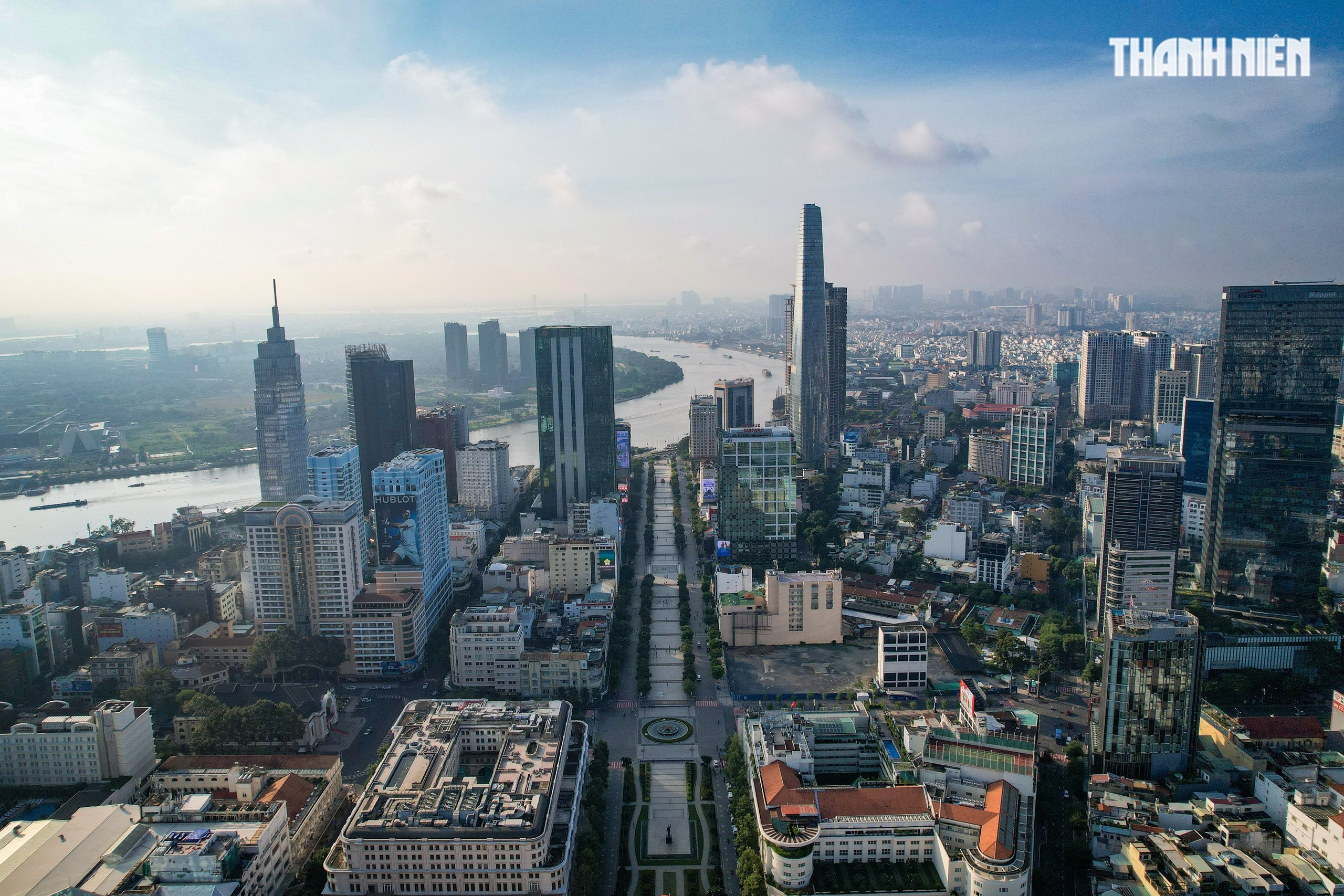
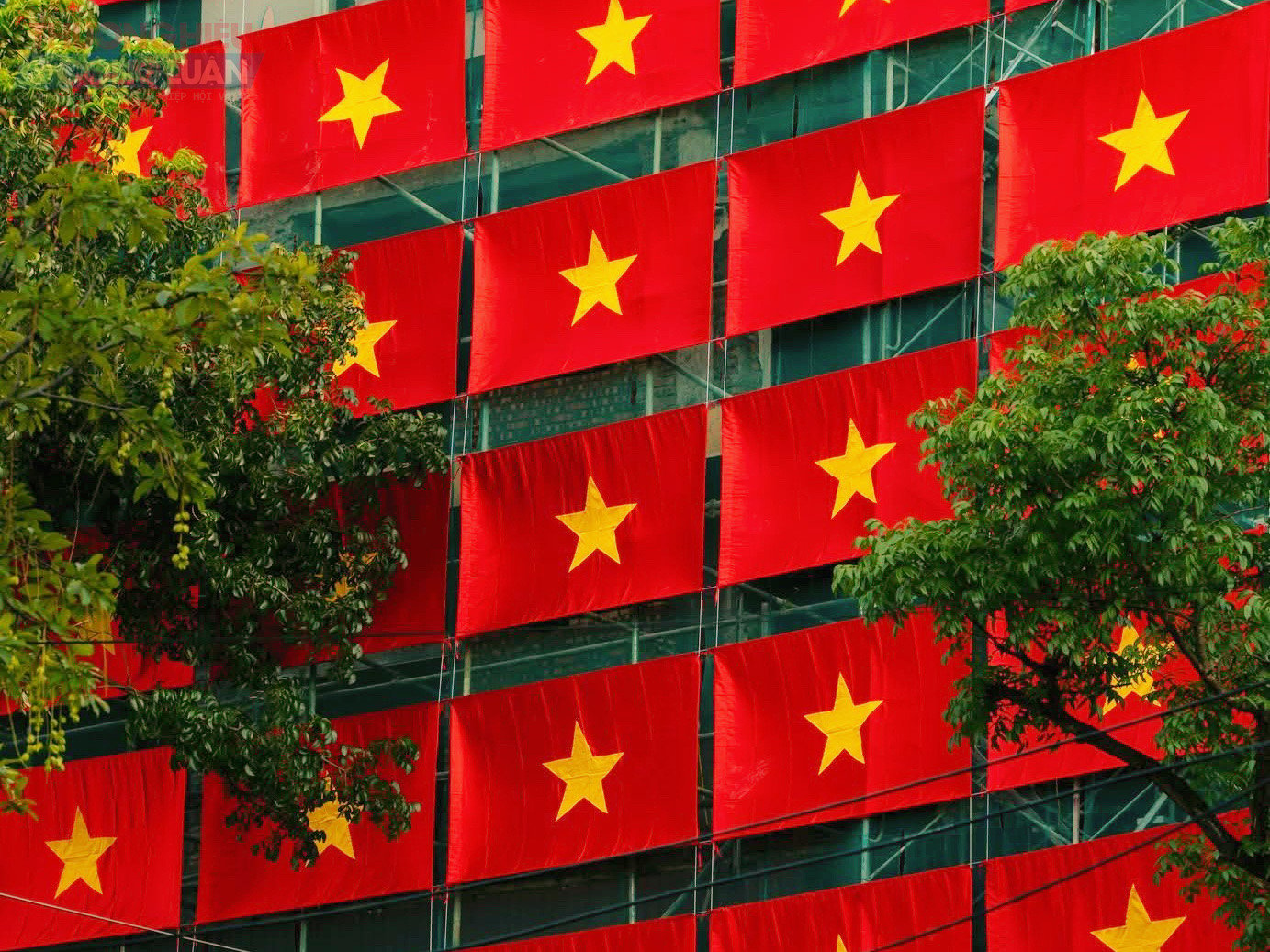
![[Photo] General Secretary To Lam attends the 80th anniversary of Vietnam's diplomacy](https://vstatic.vietnam.vn/vietnam/resource/IMAGE/2025/8/25/3dc715efdbf74937b6fe8072bac5cb30)
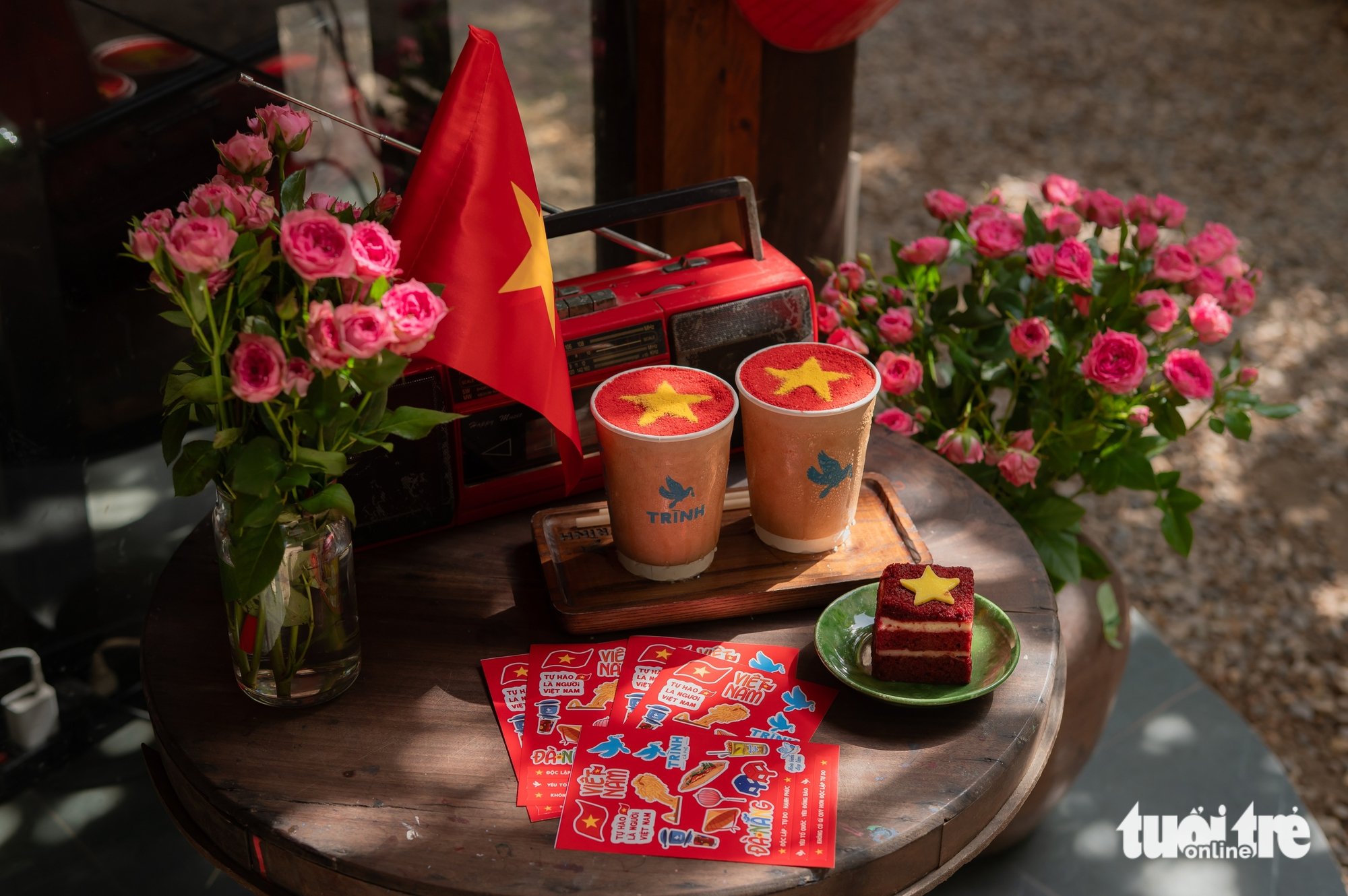
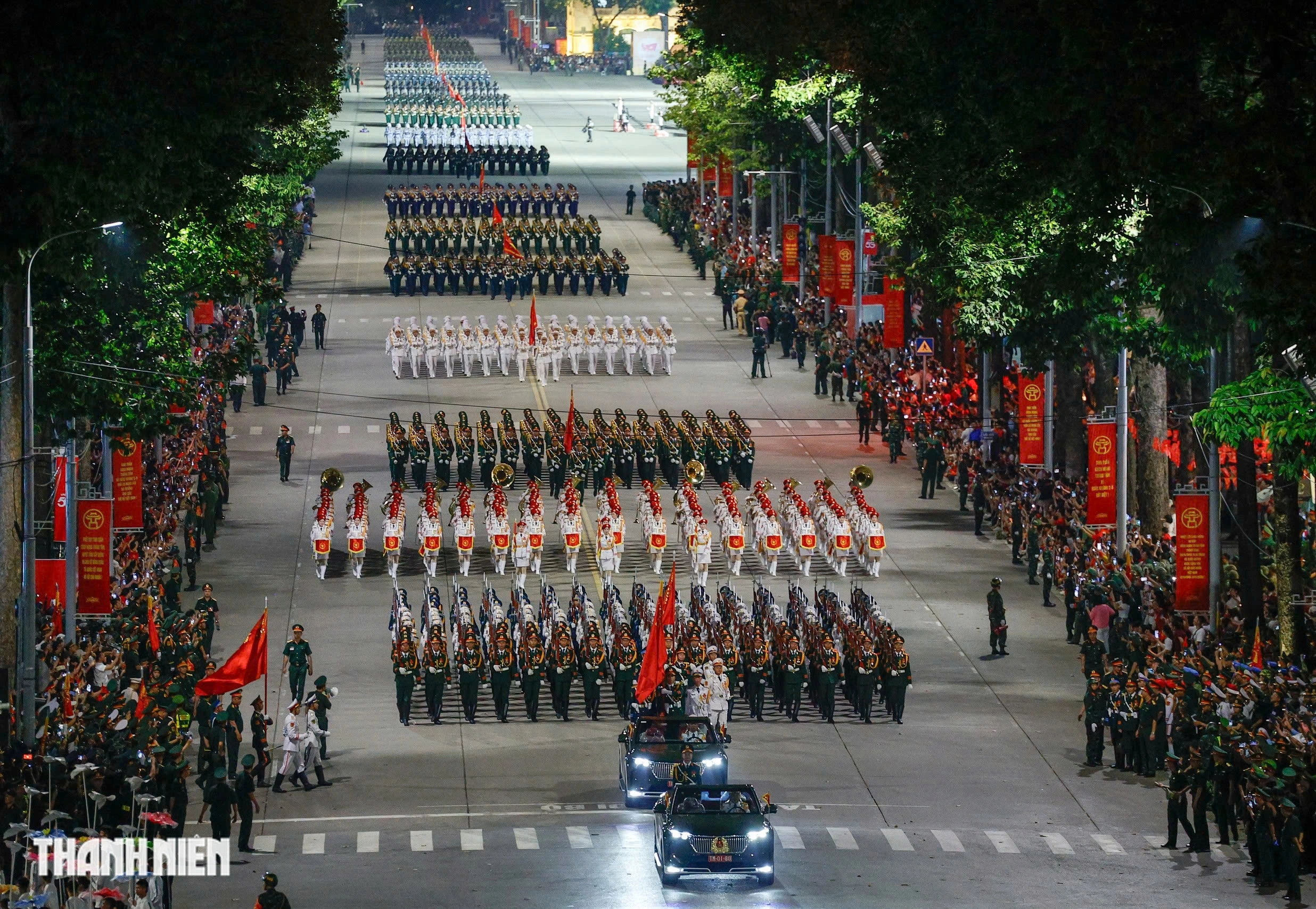
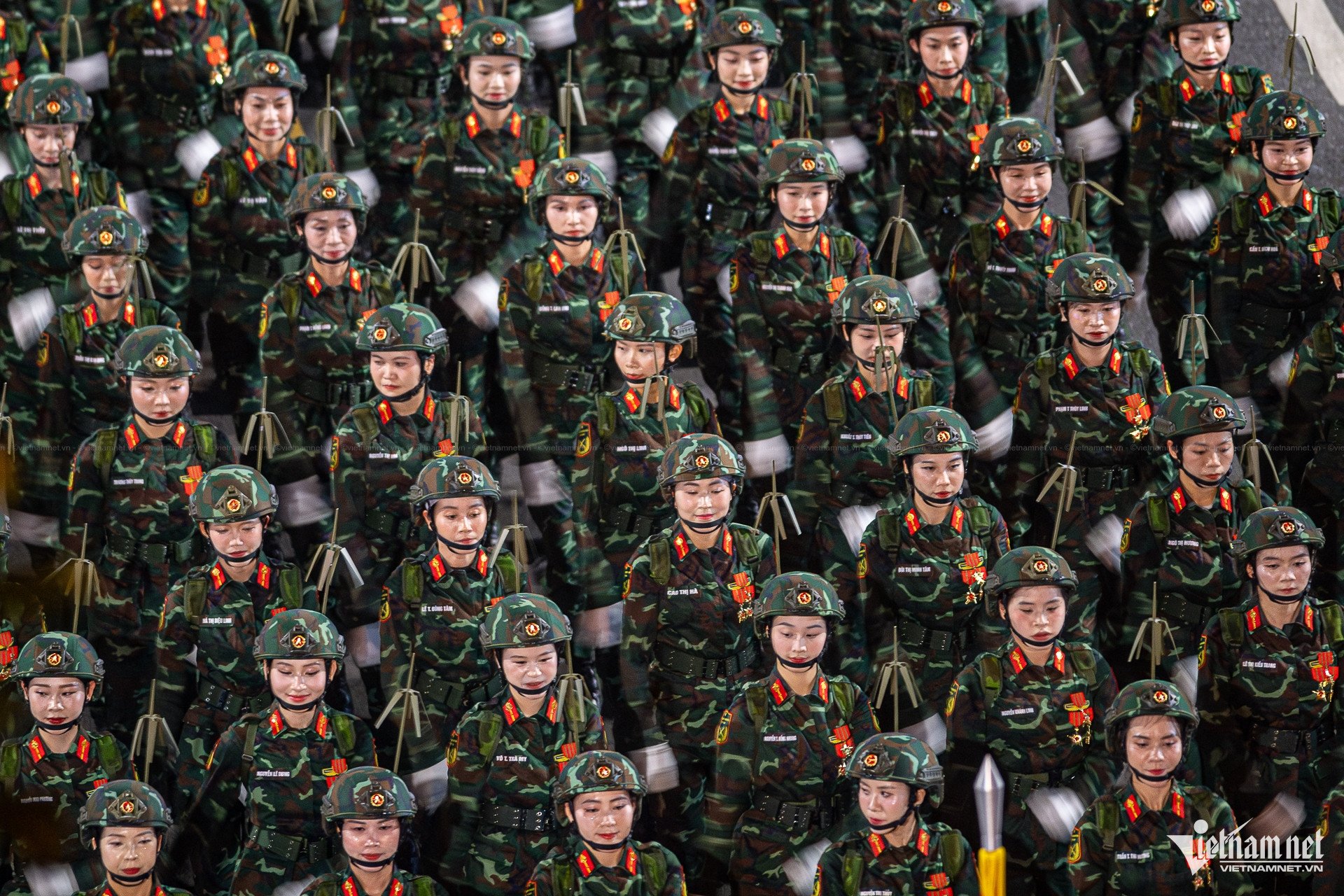


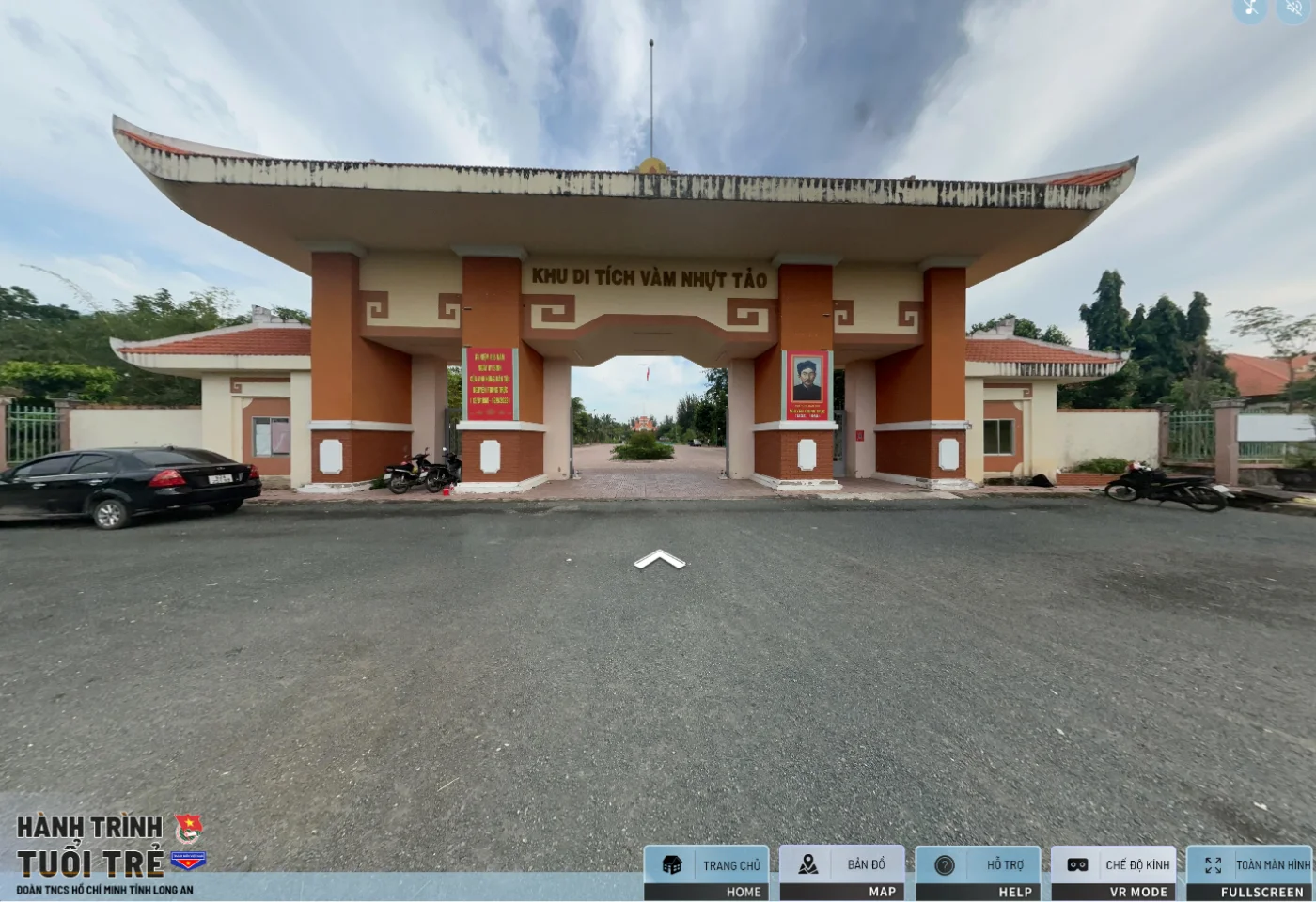


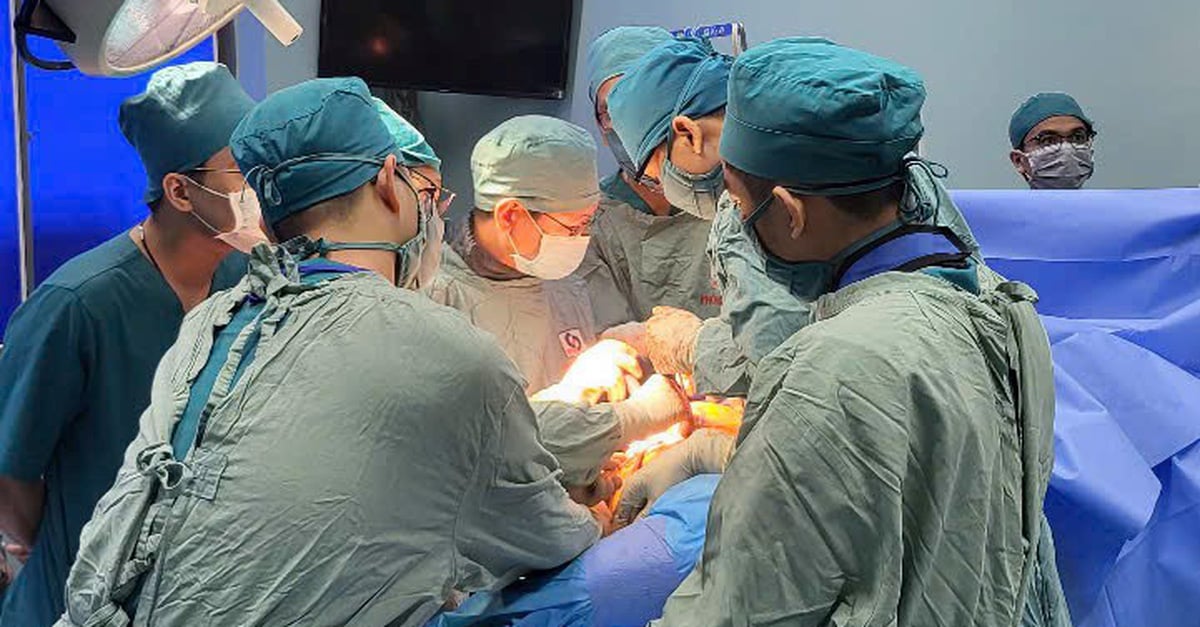
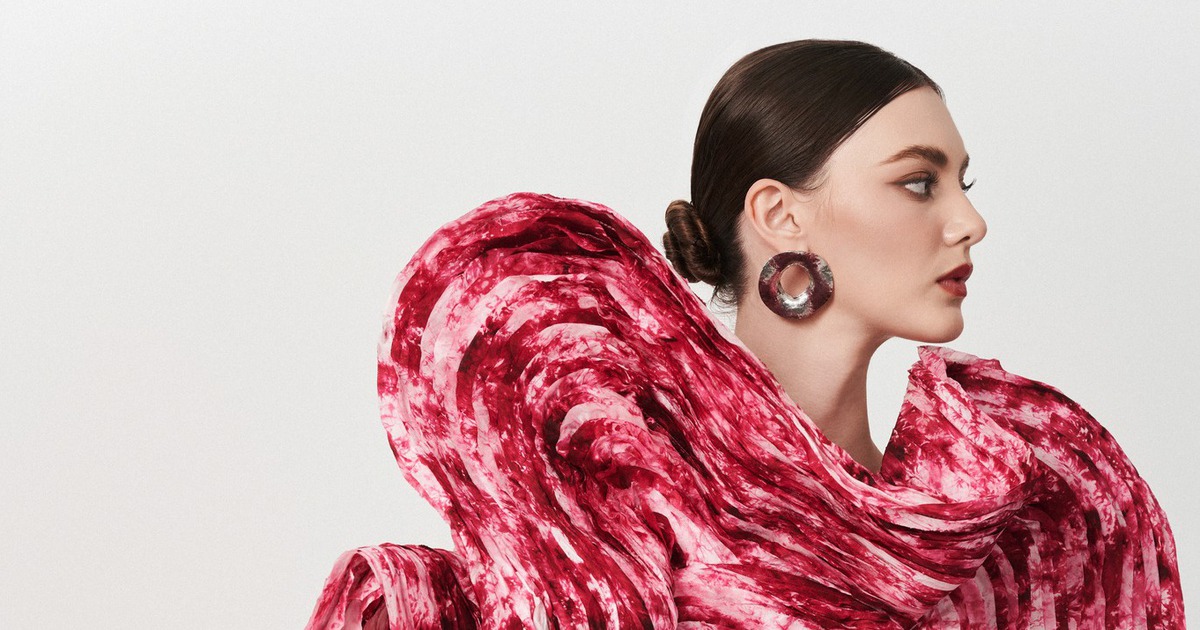
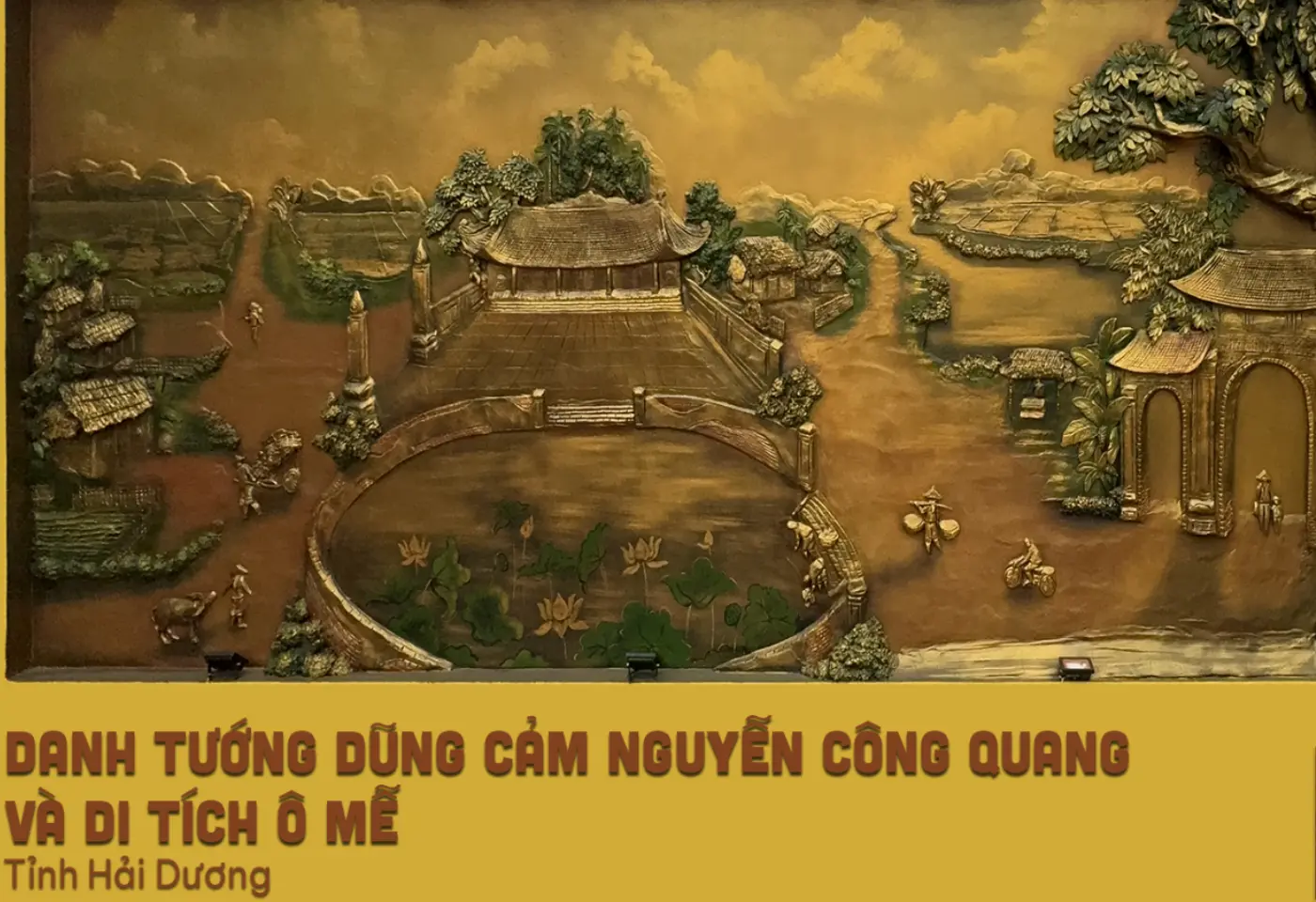


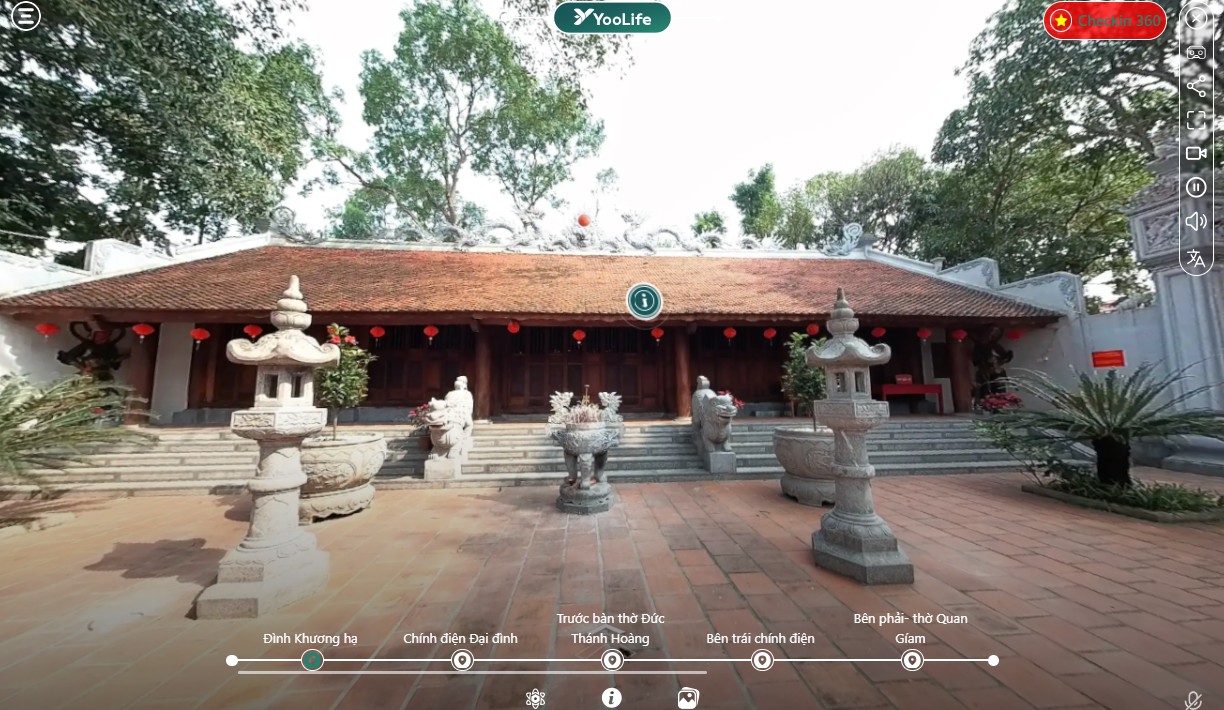
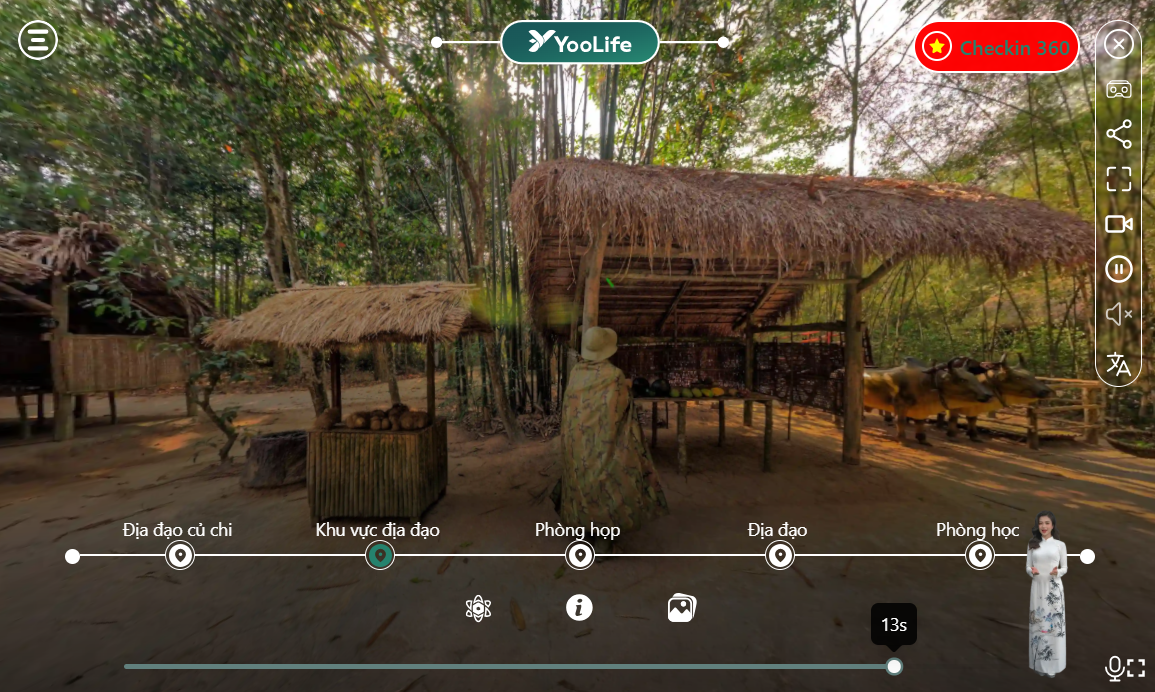
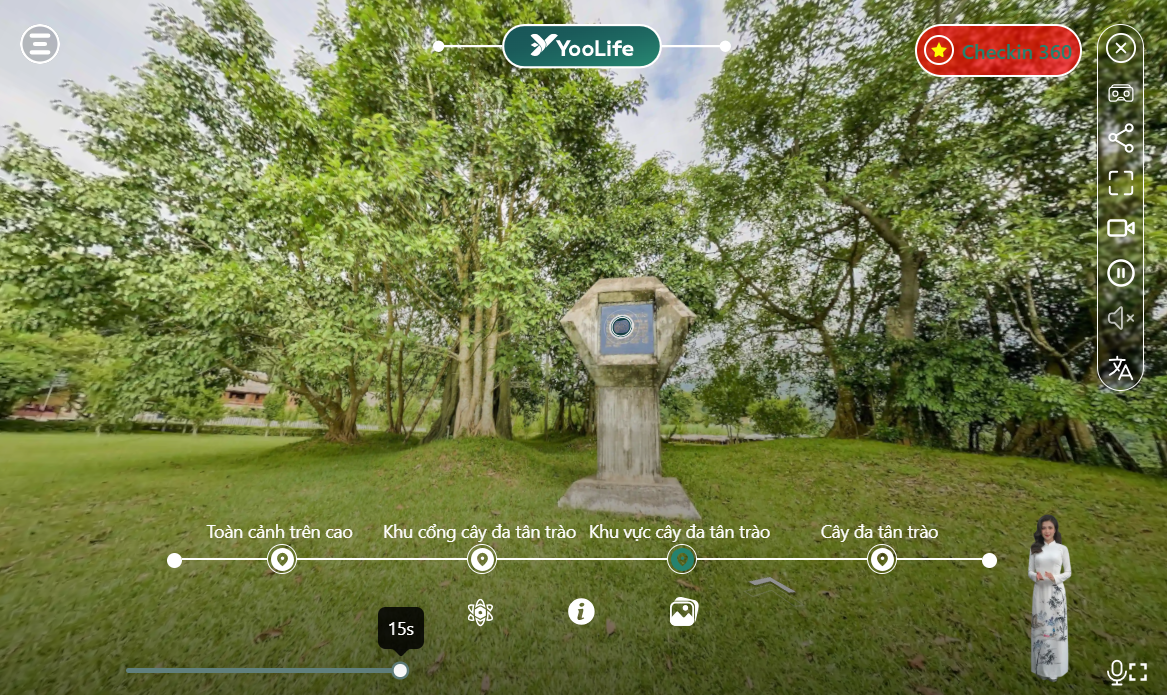

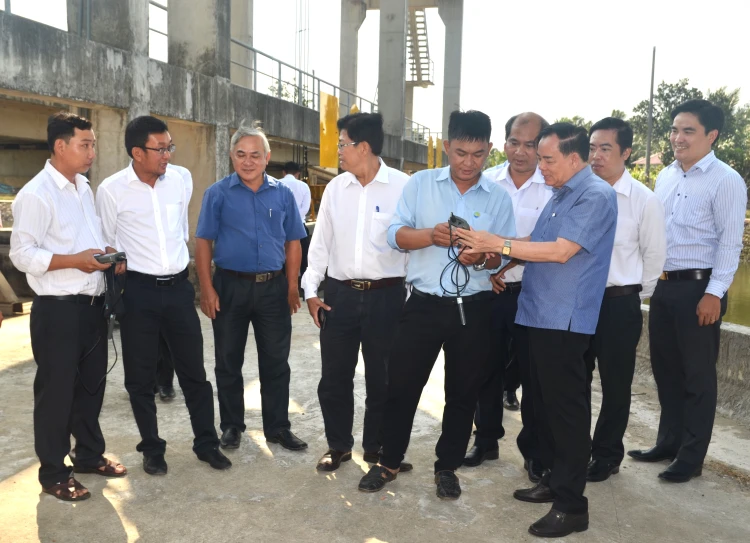





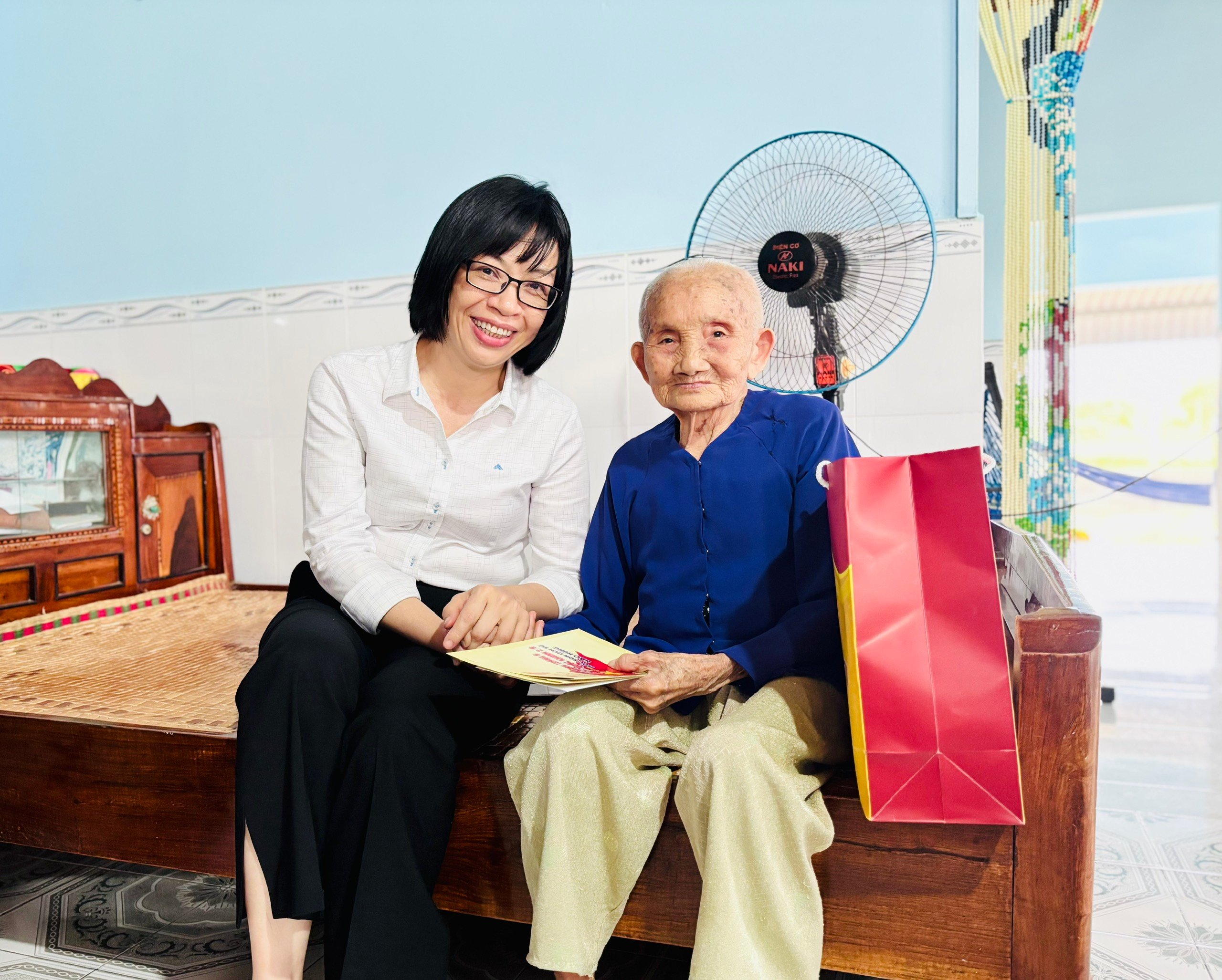
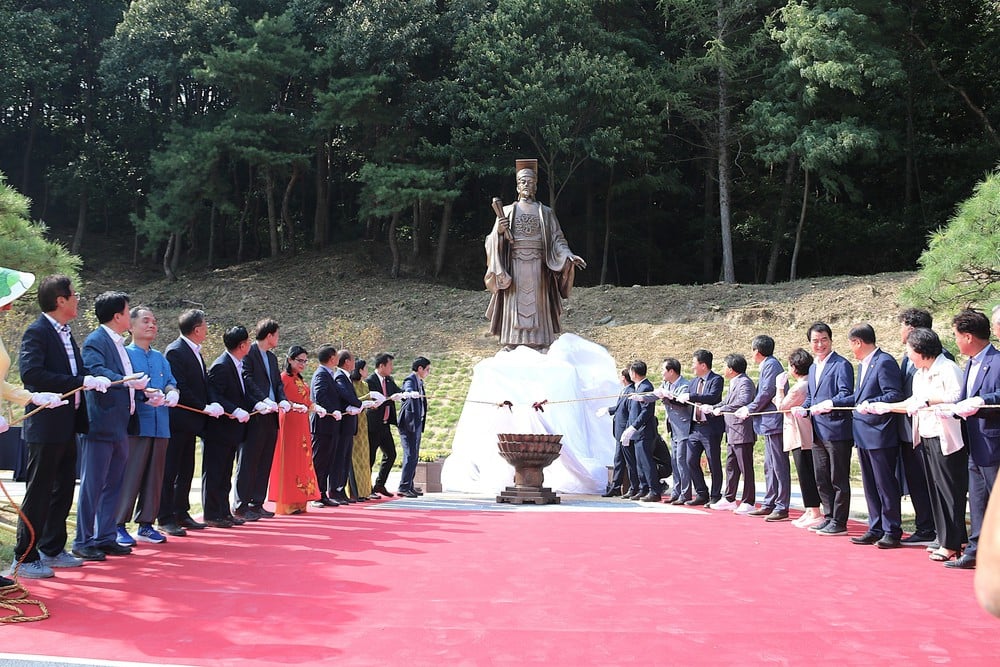

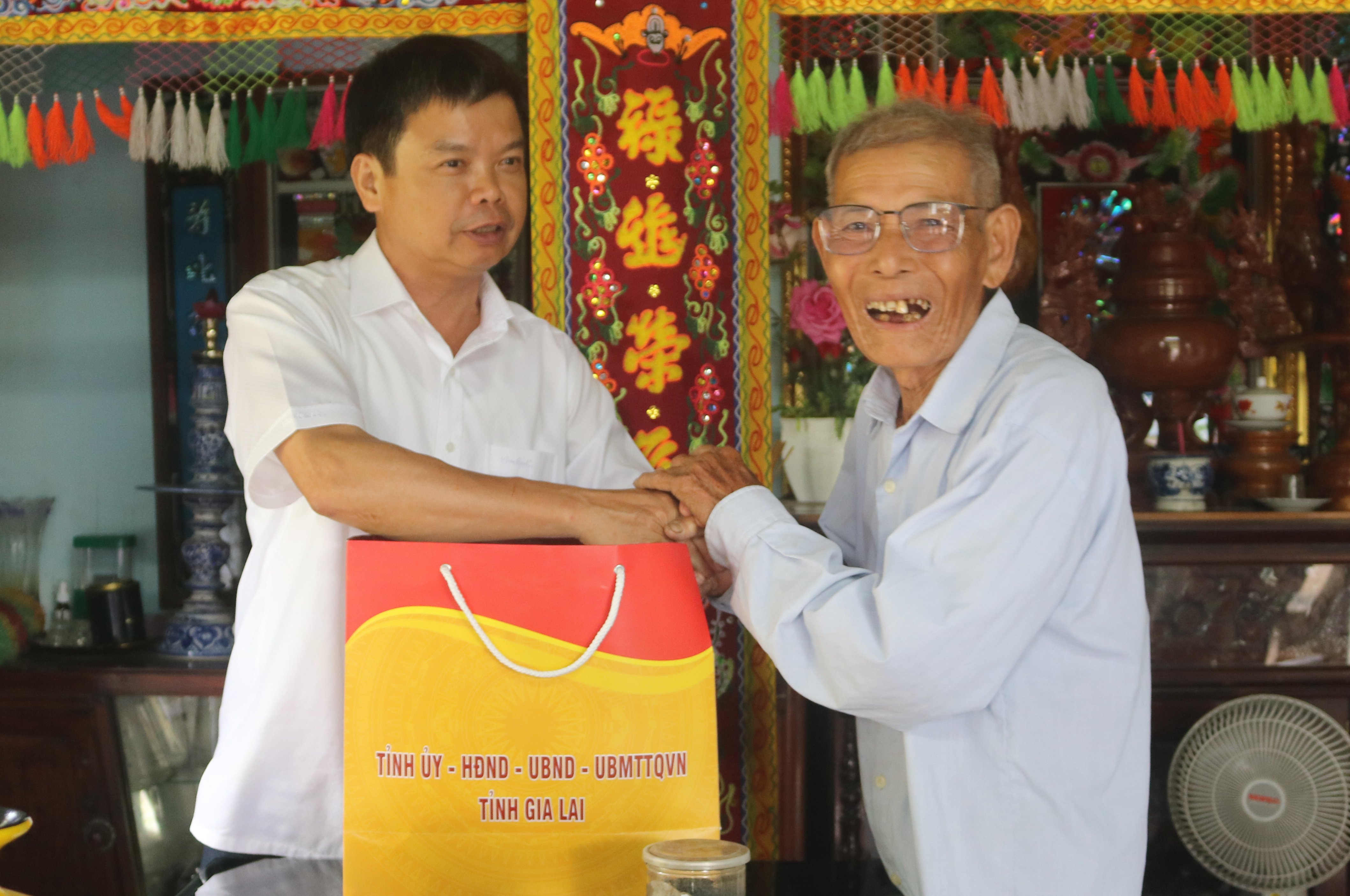
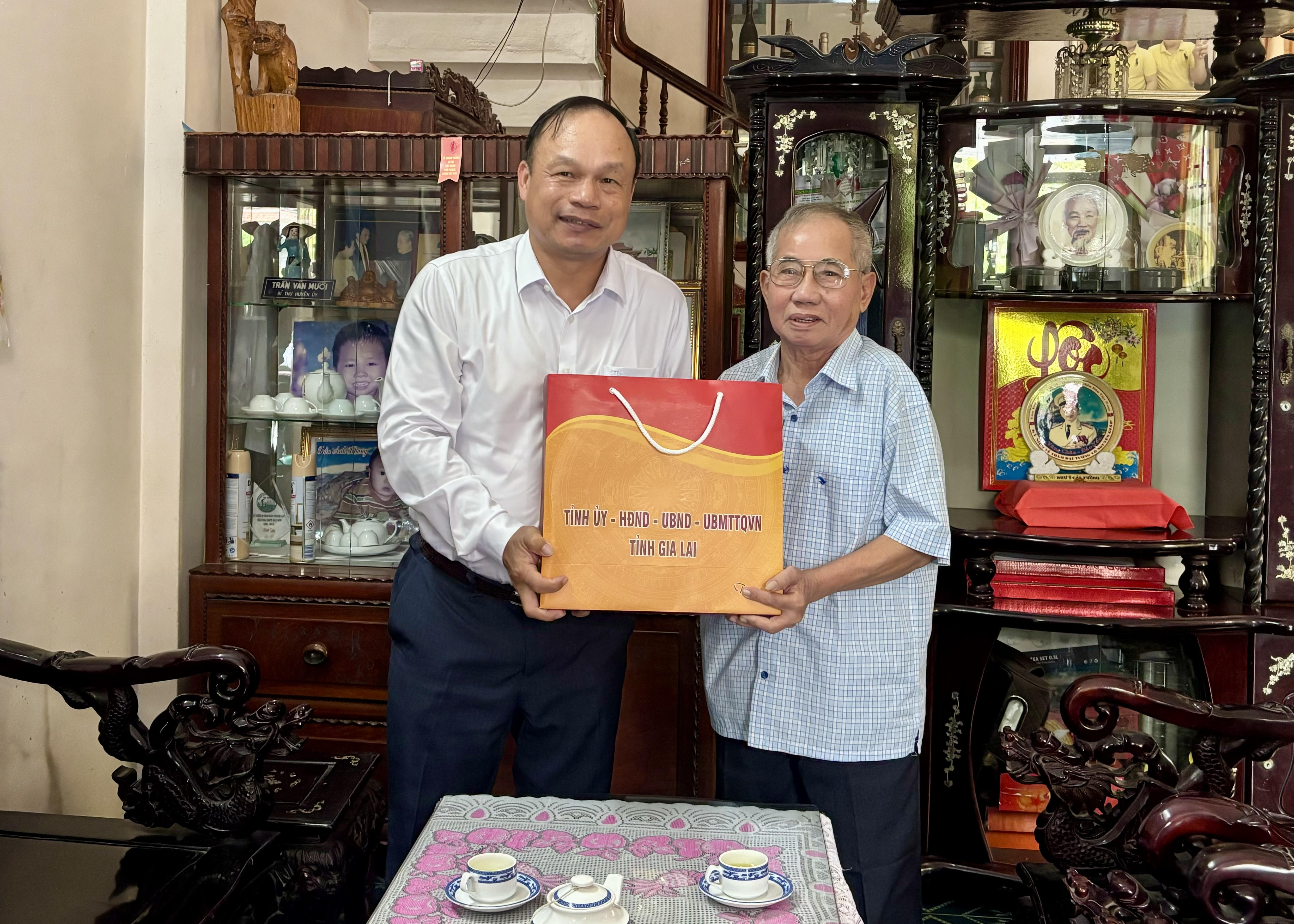
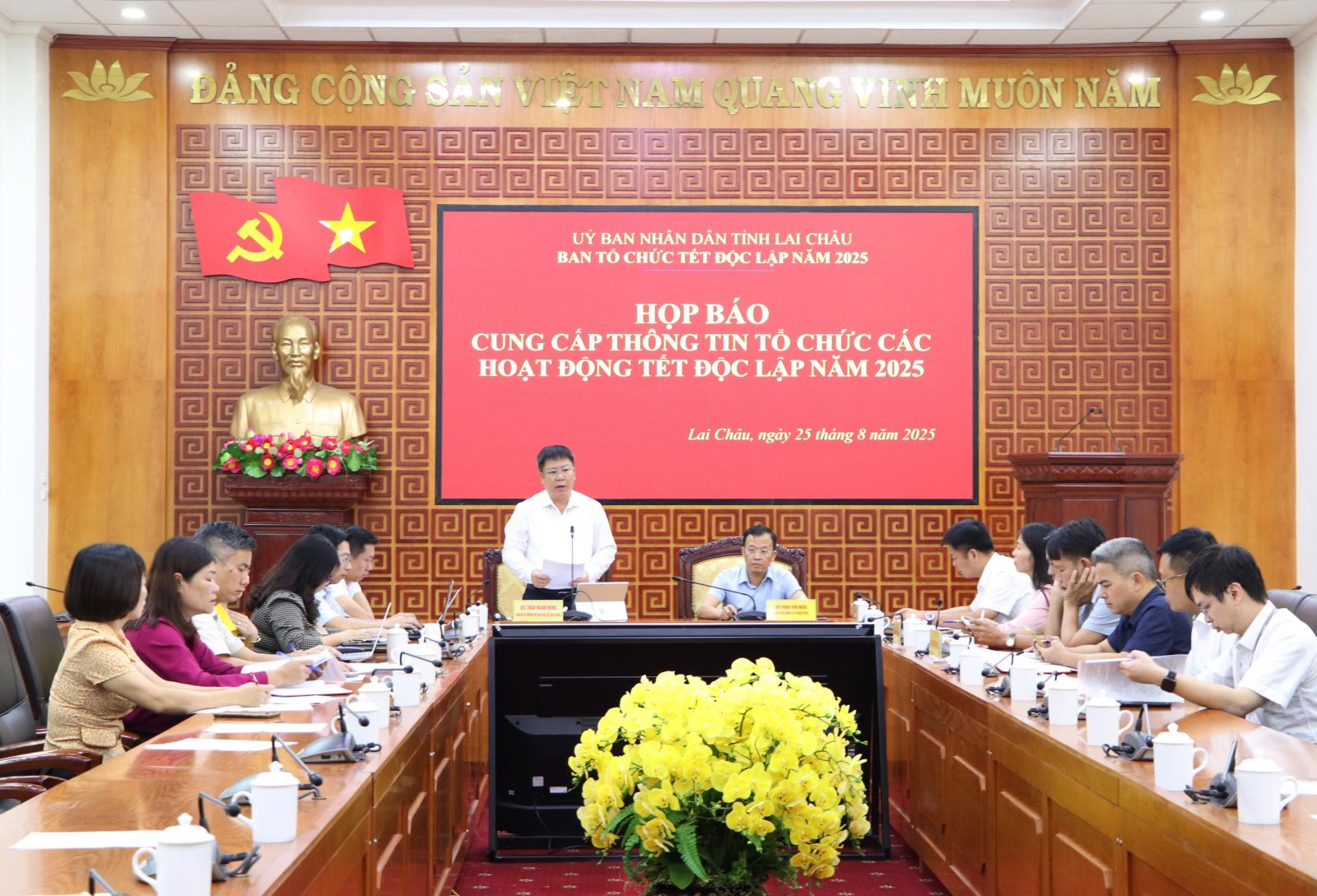

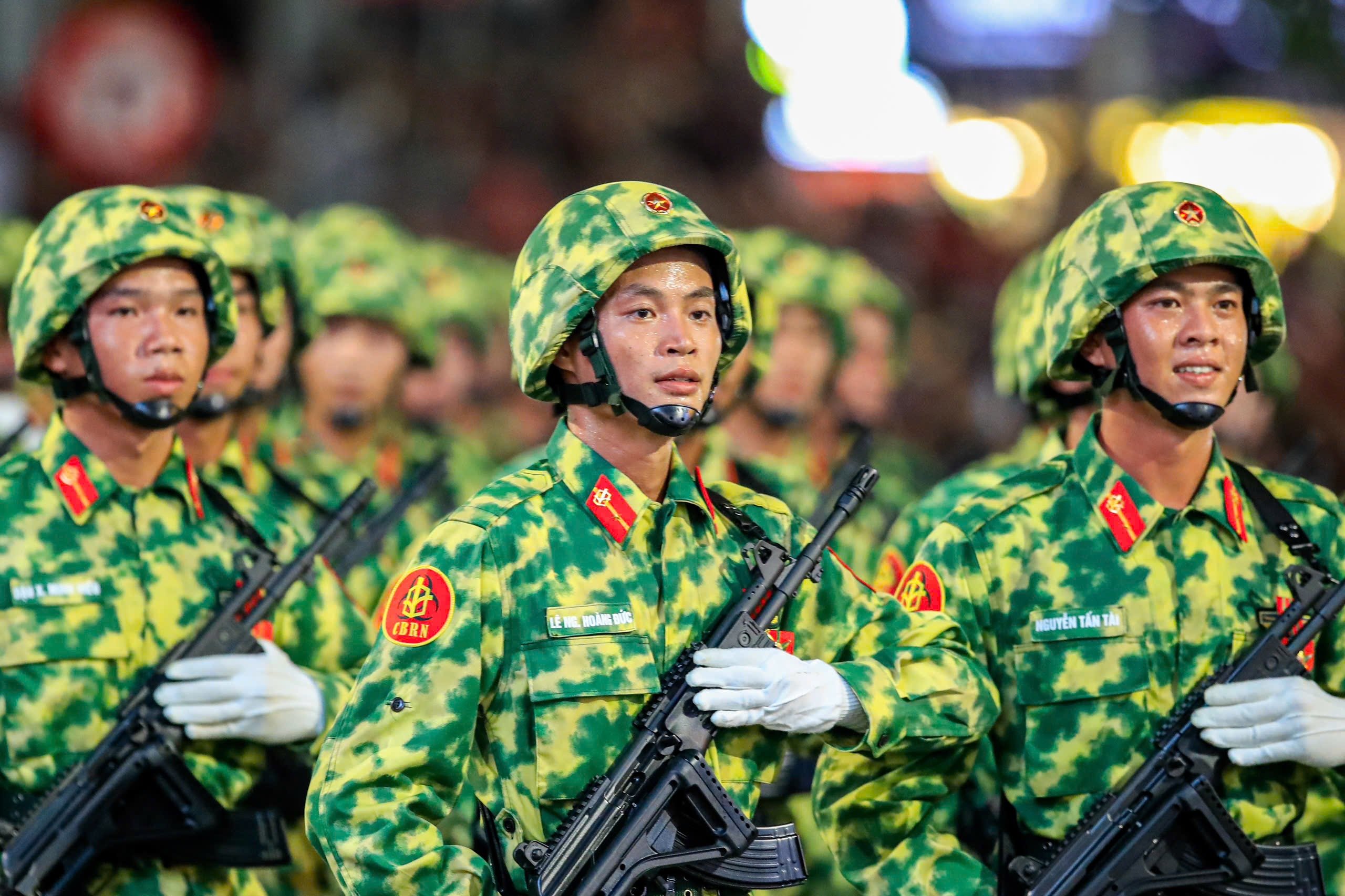
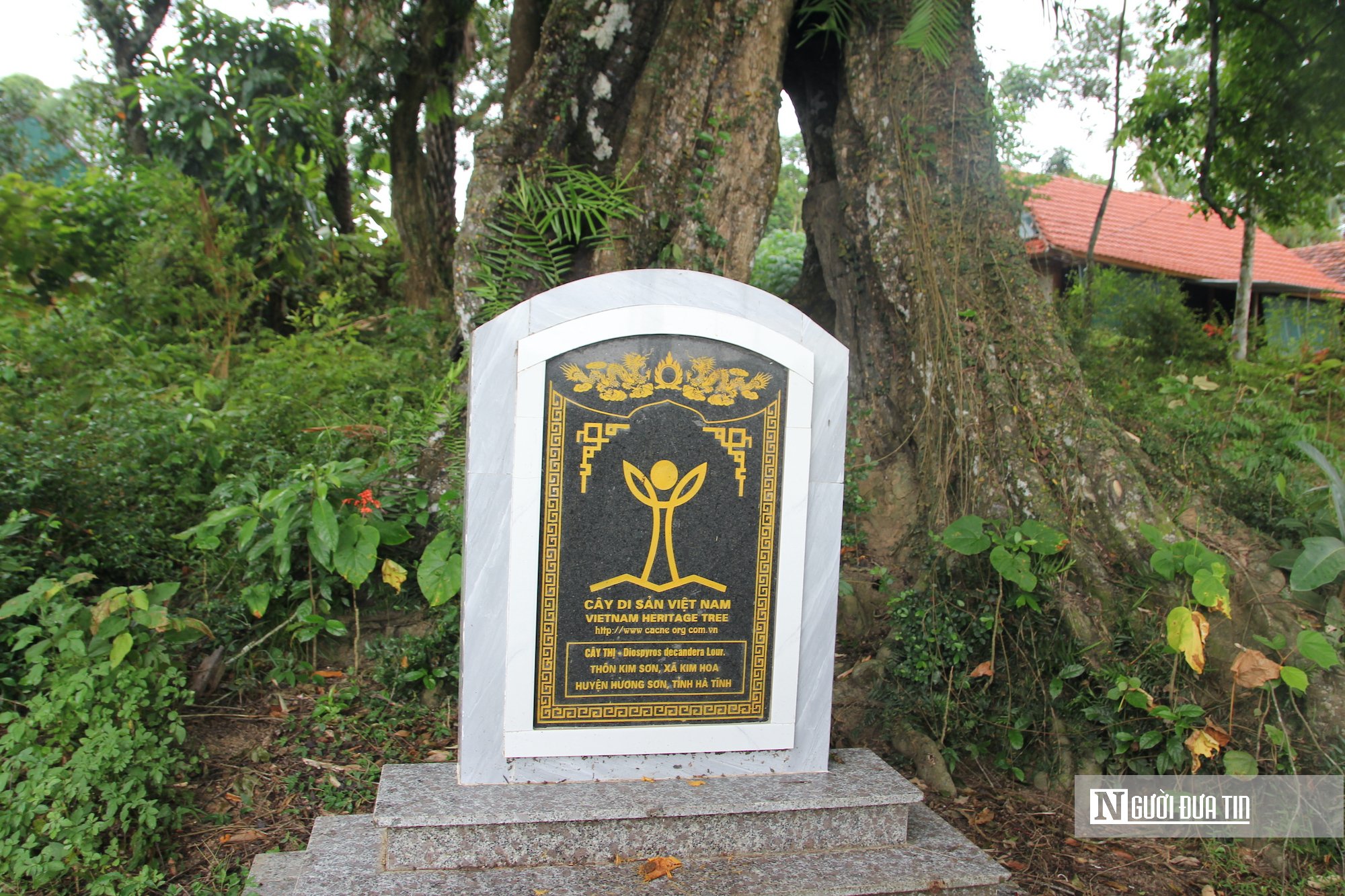



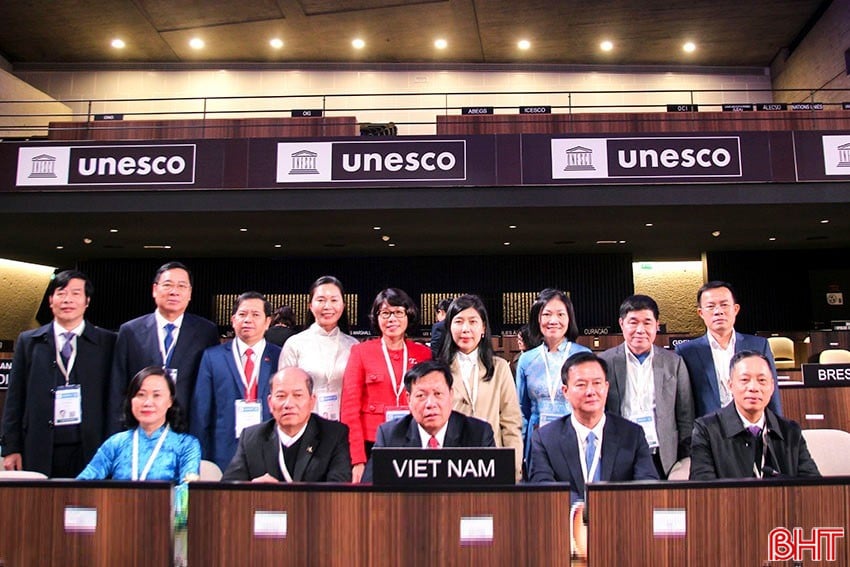

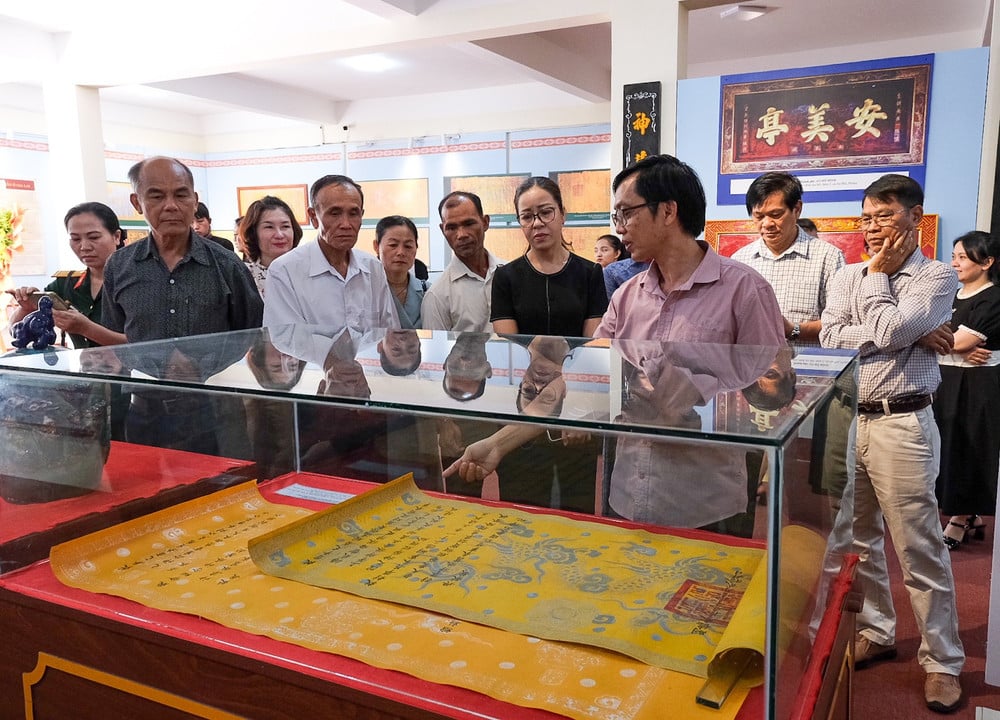

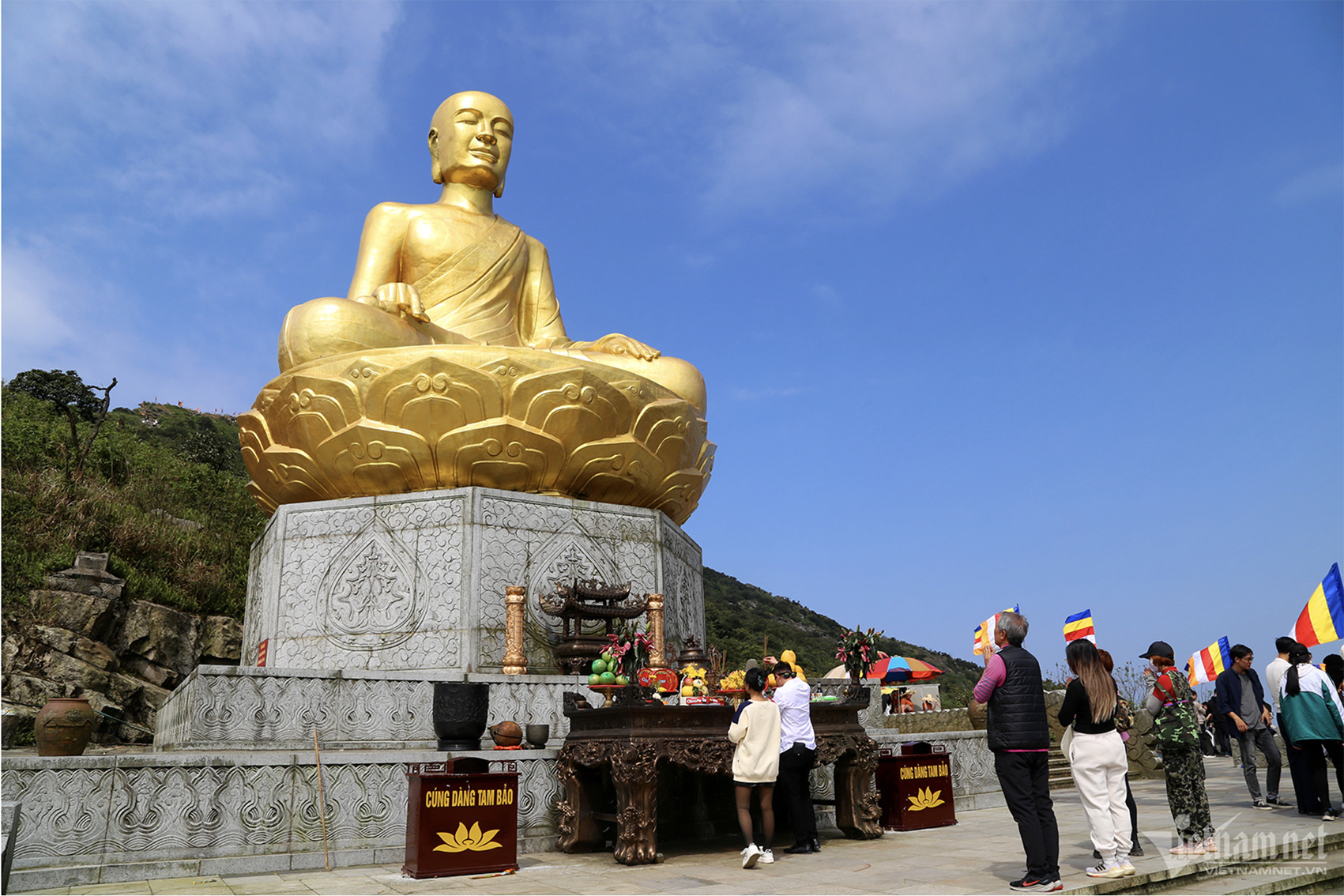

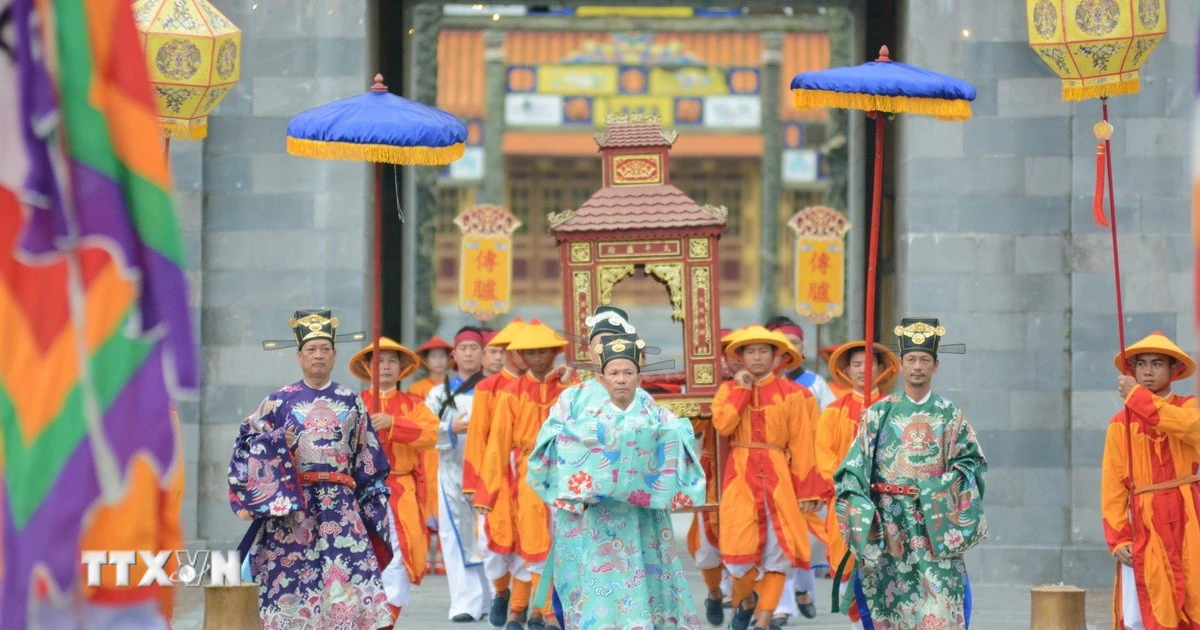



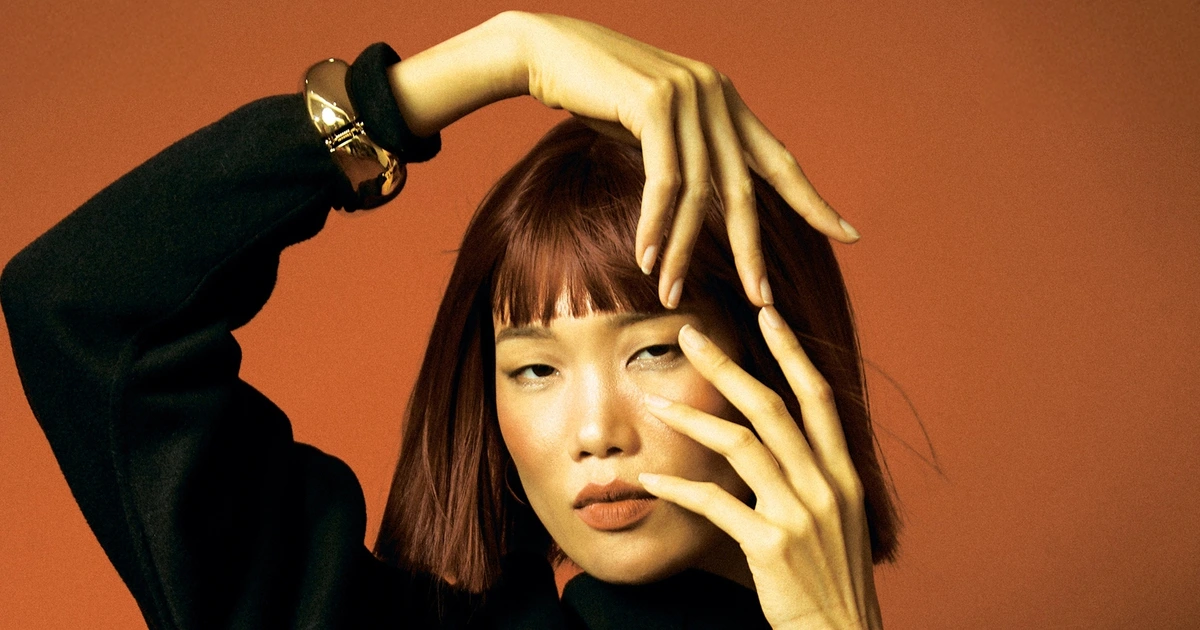
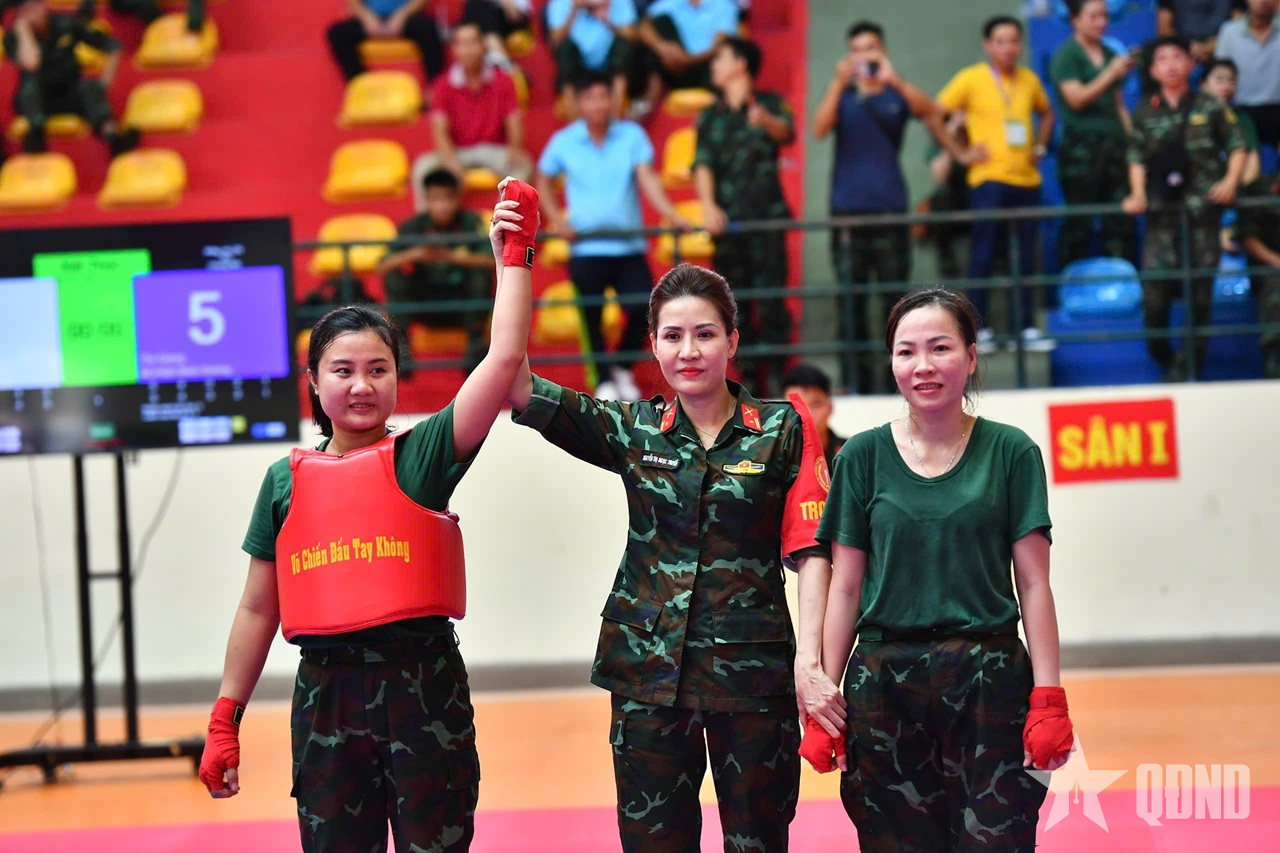

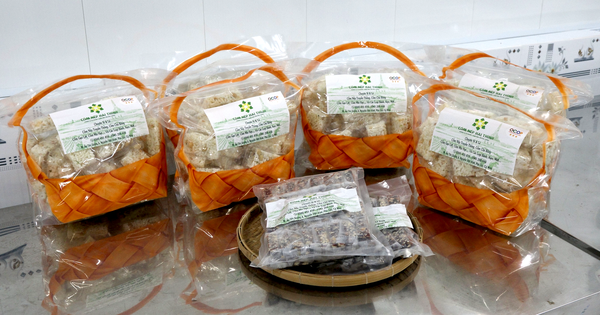

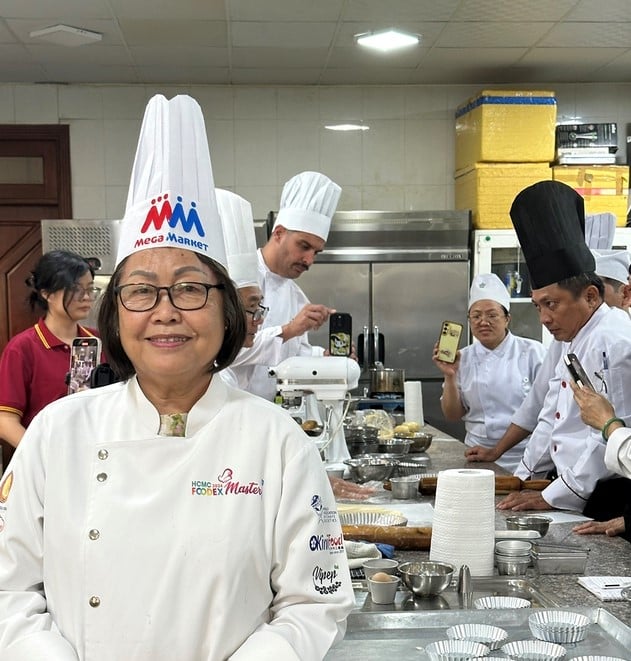
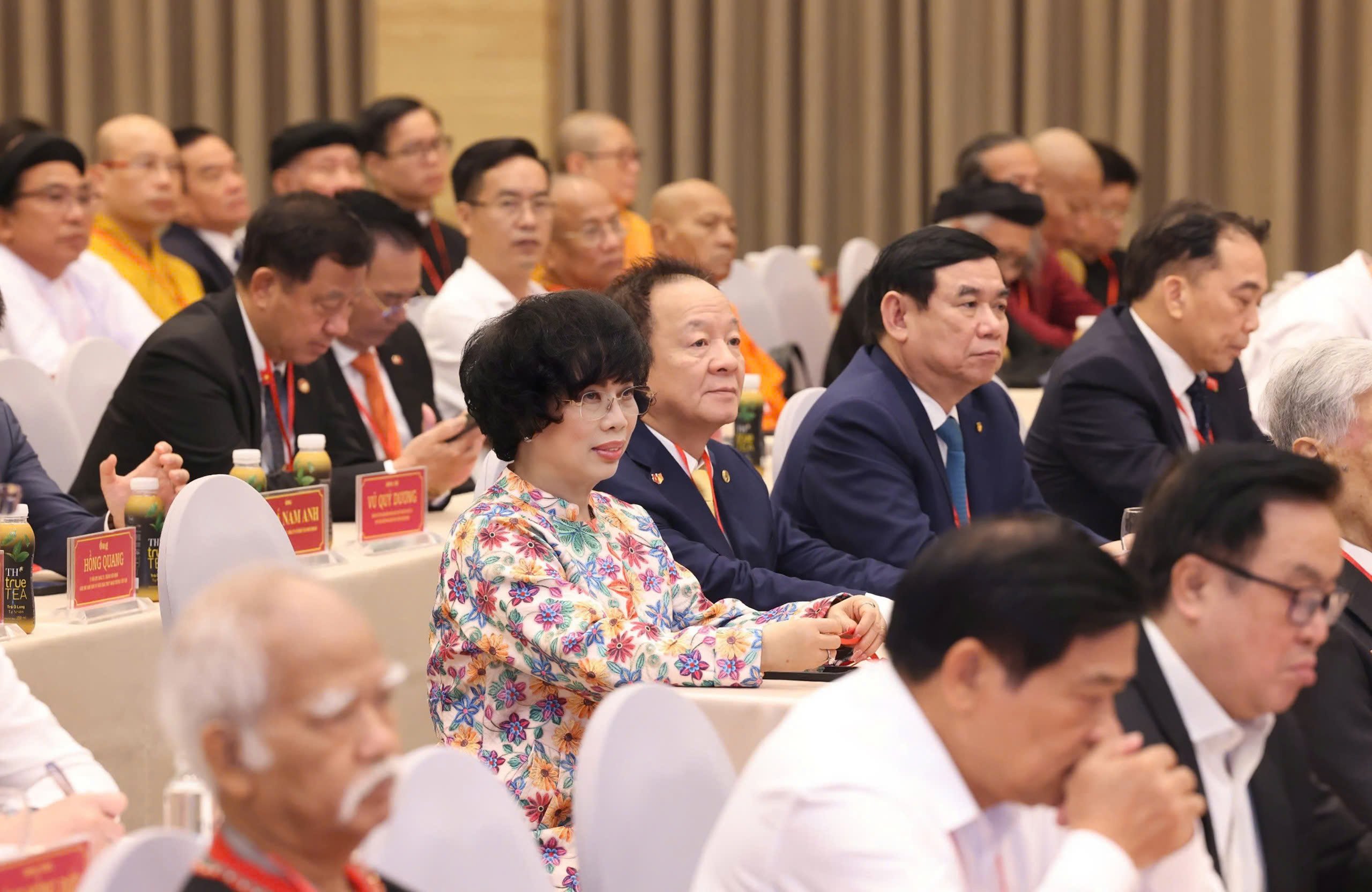
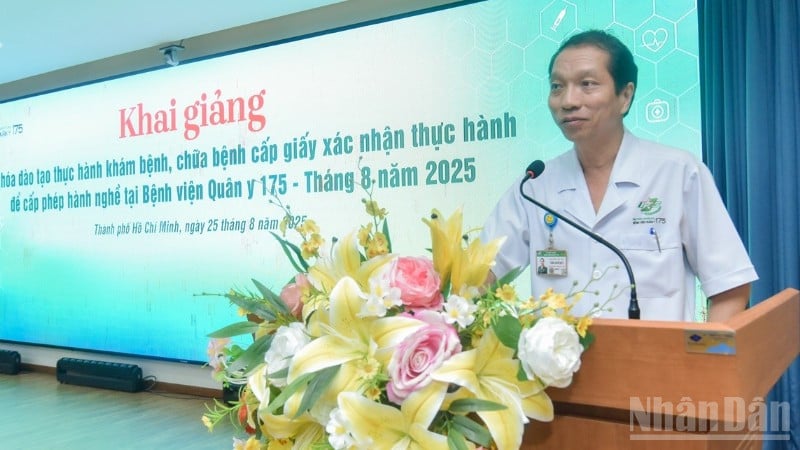

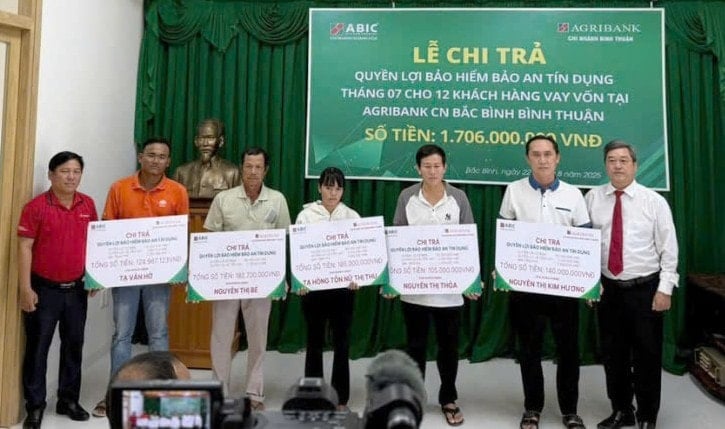



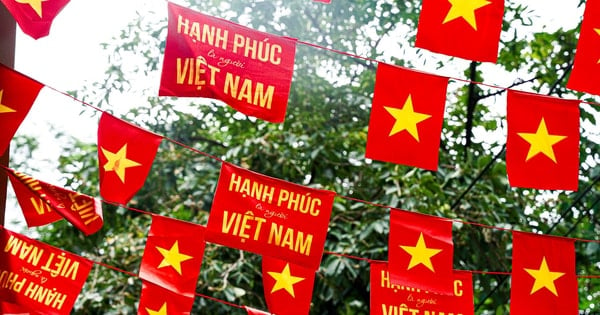

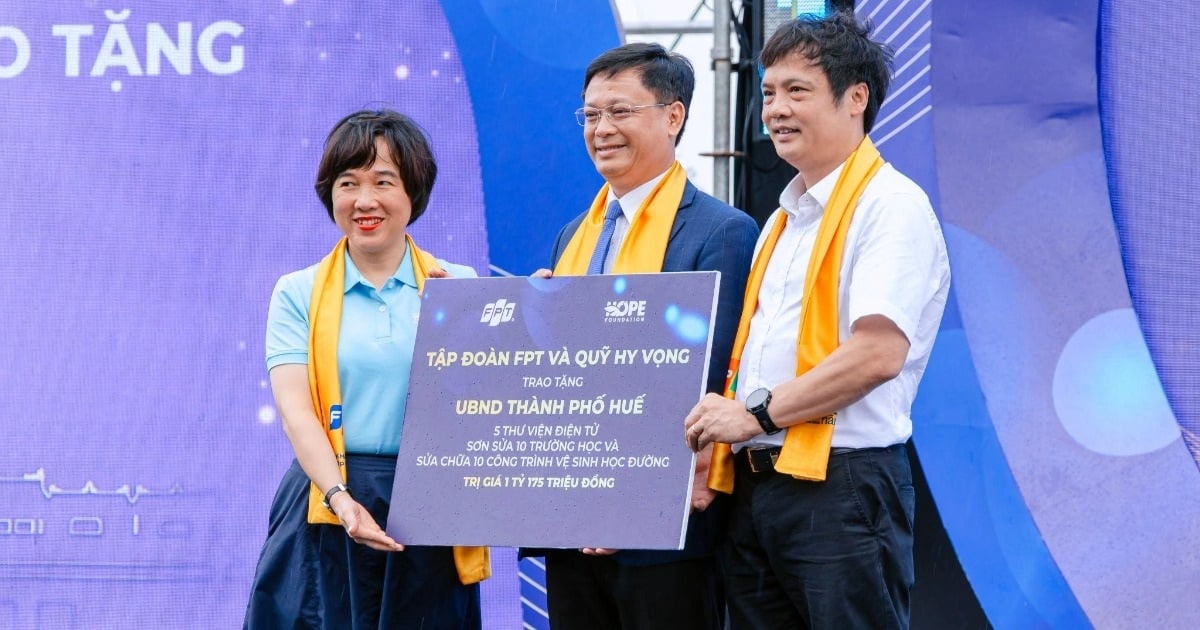

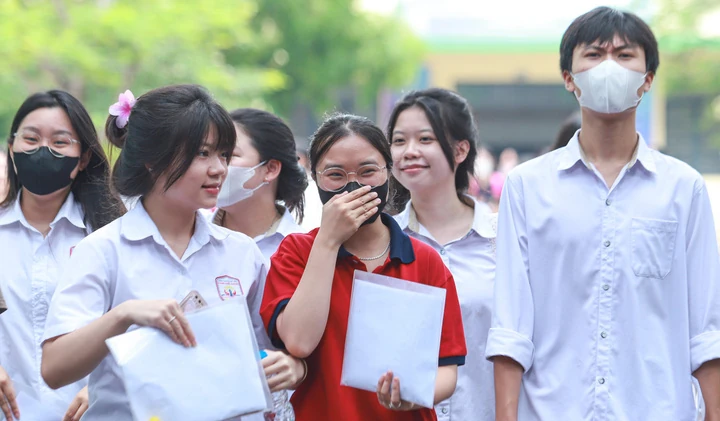
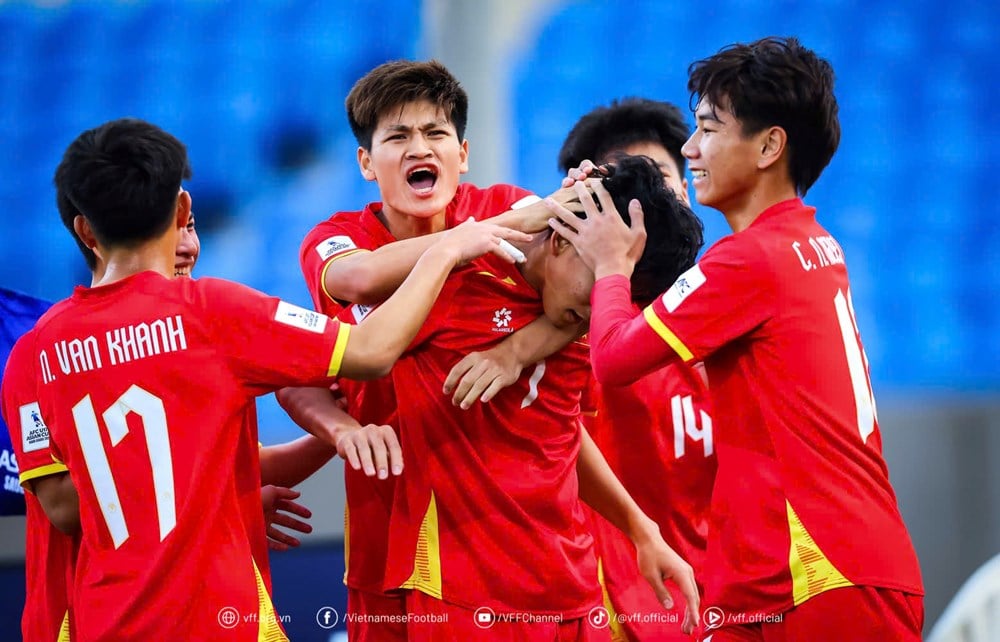

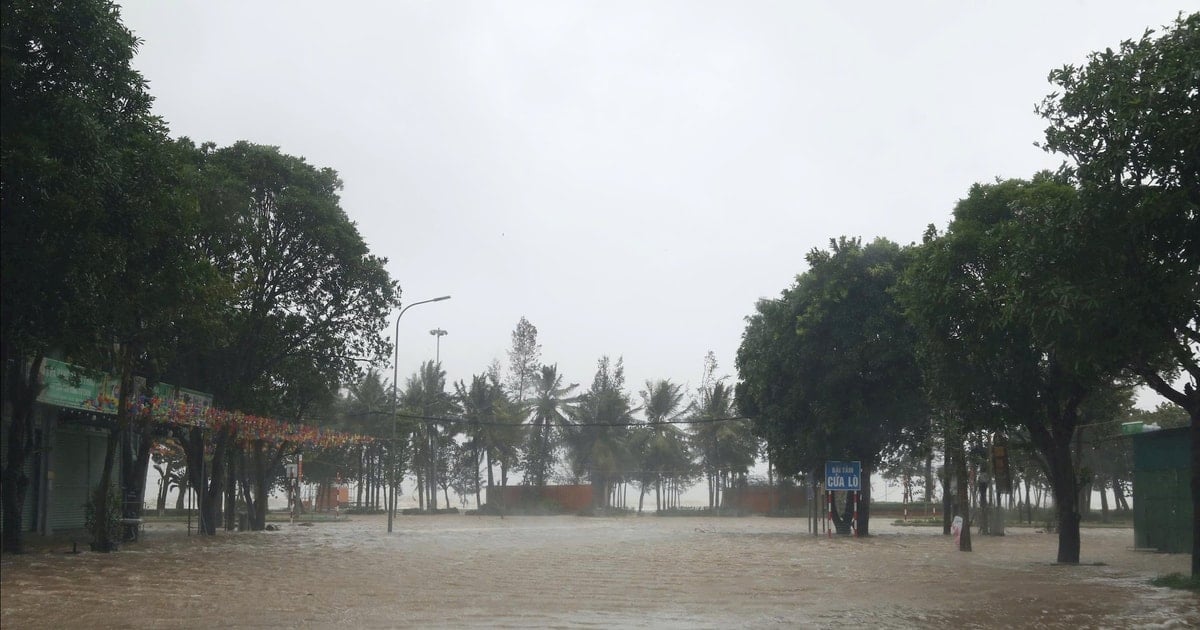

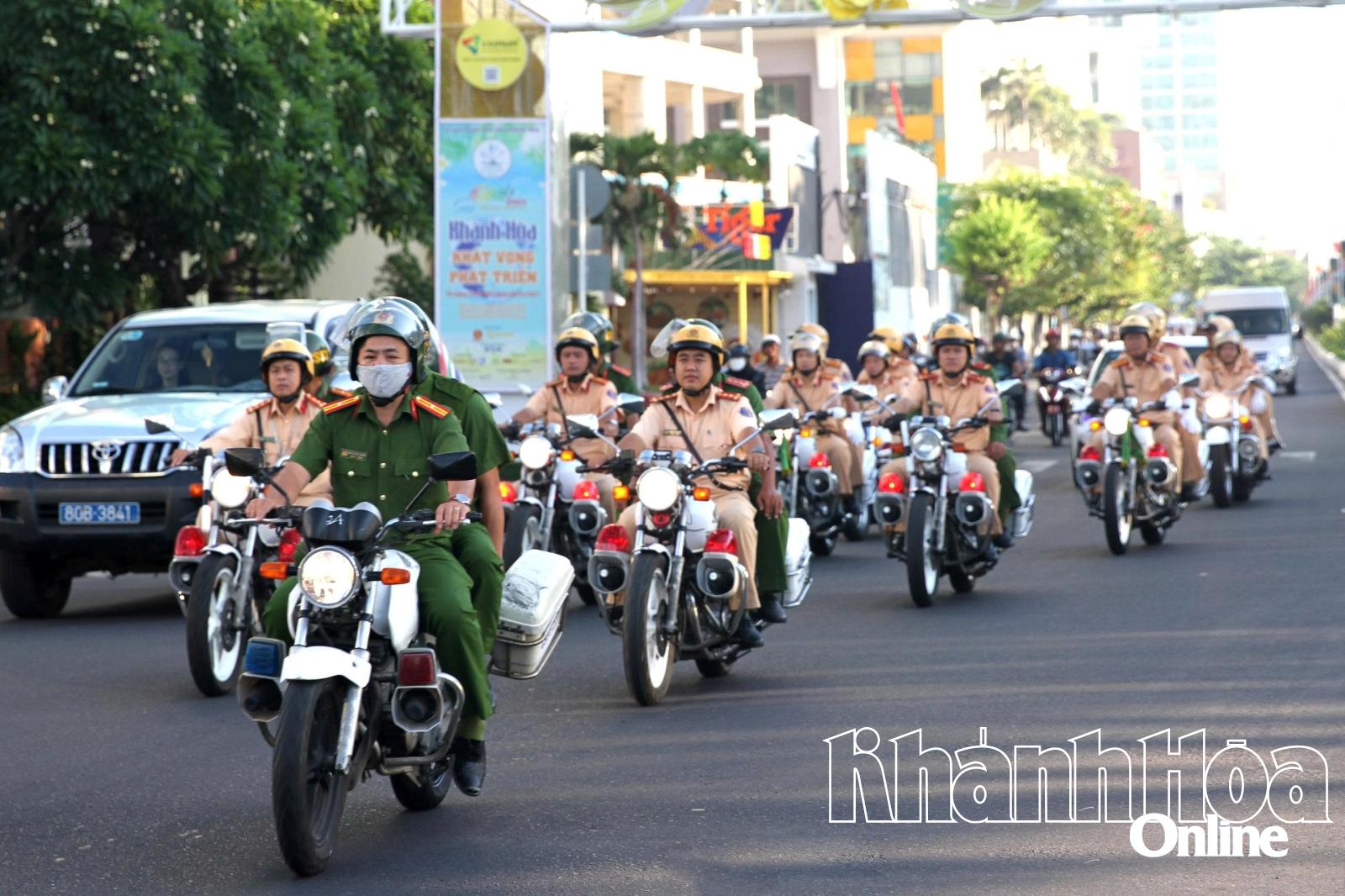



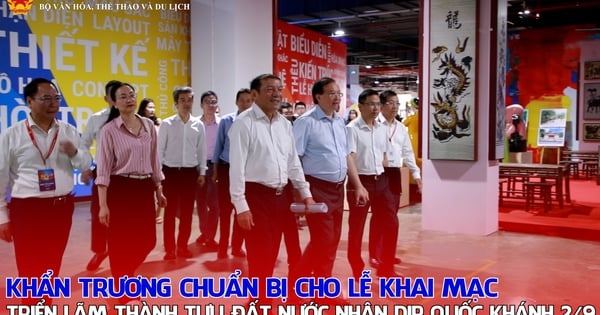


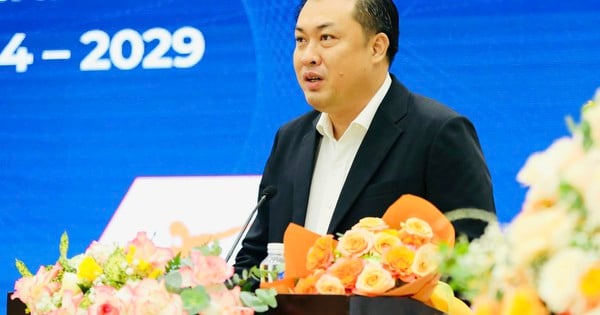

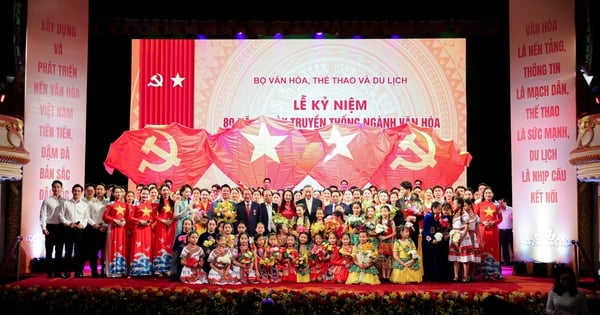
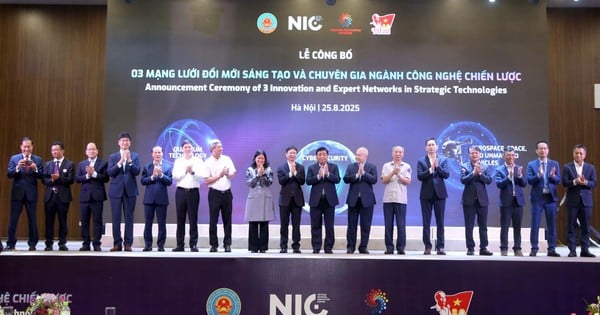

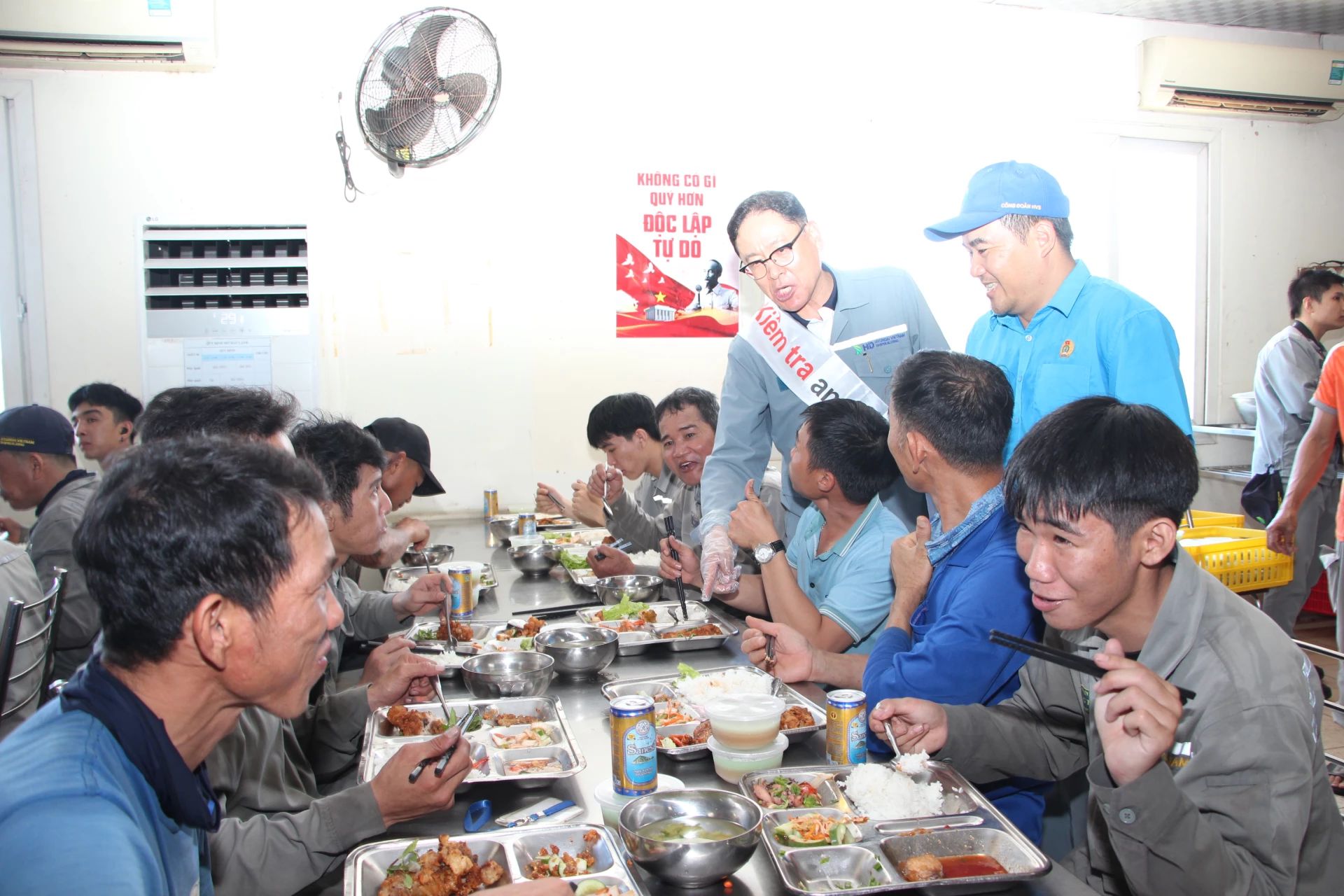
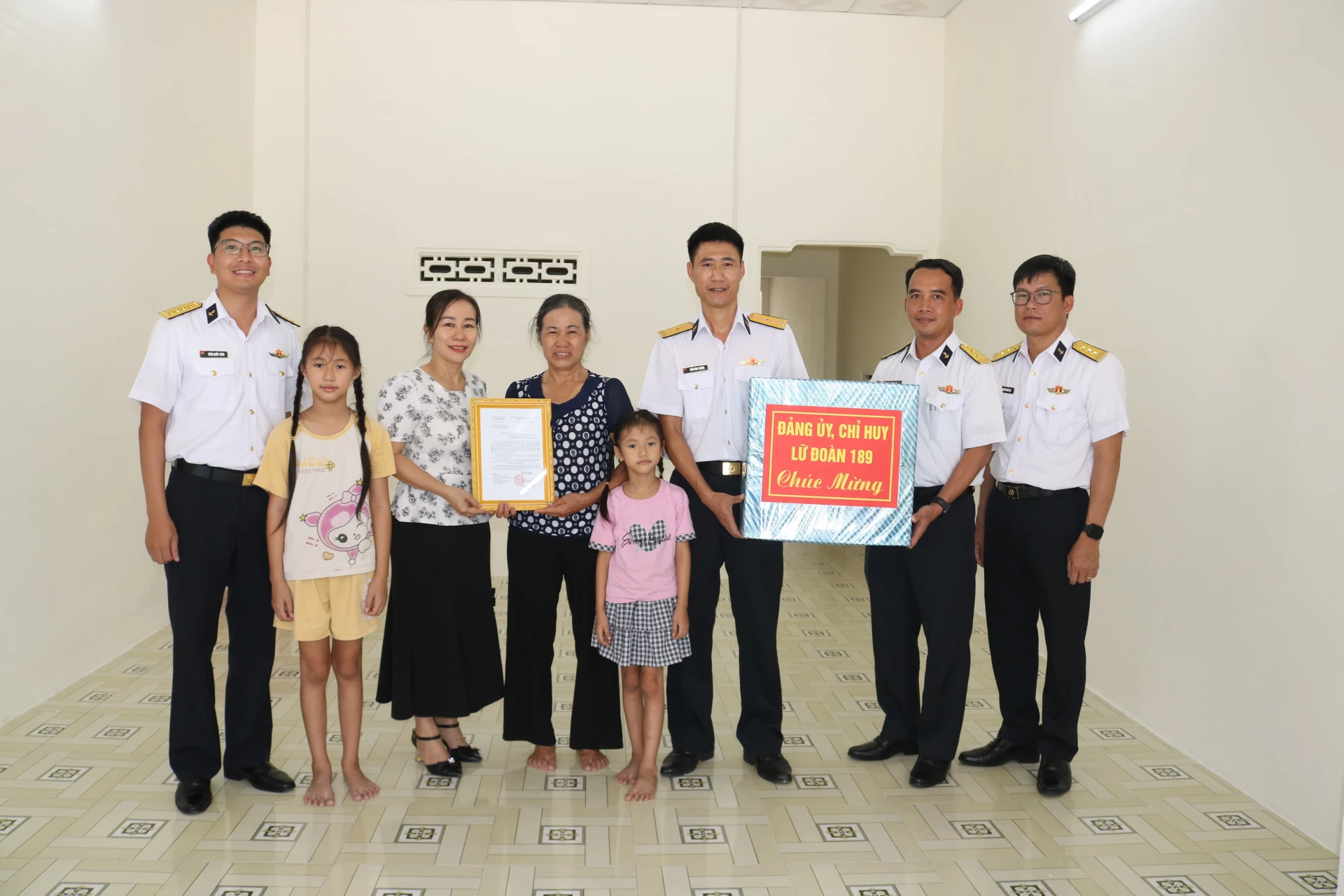



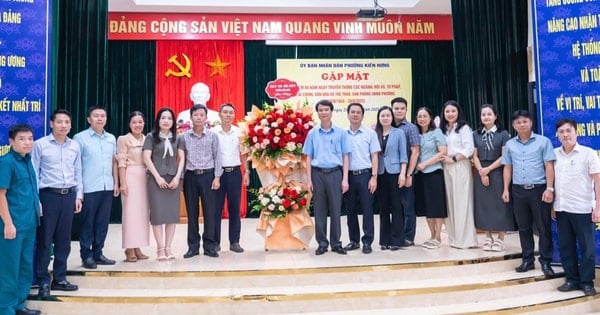
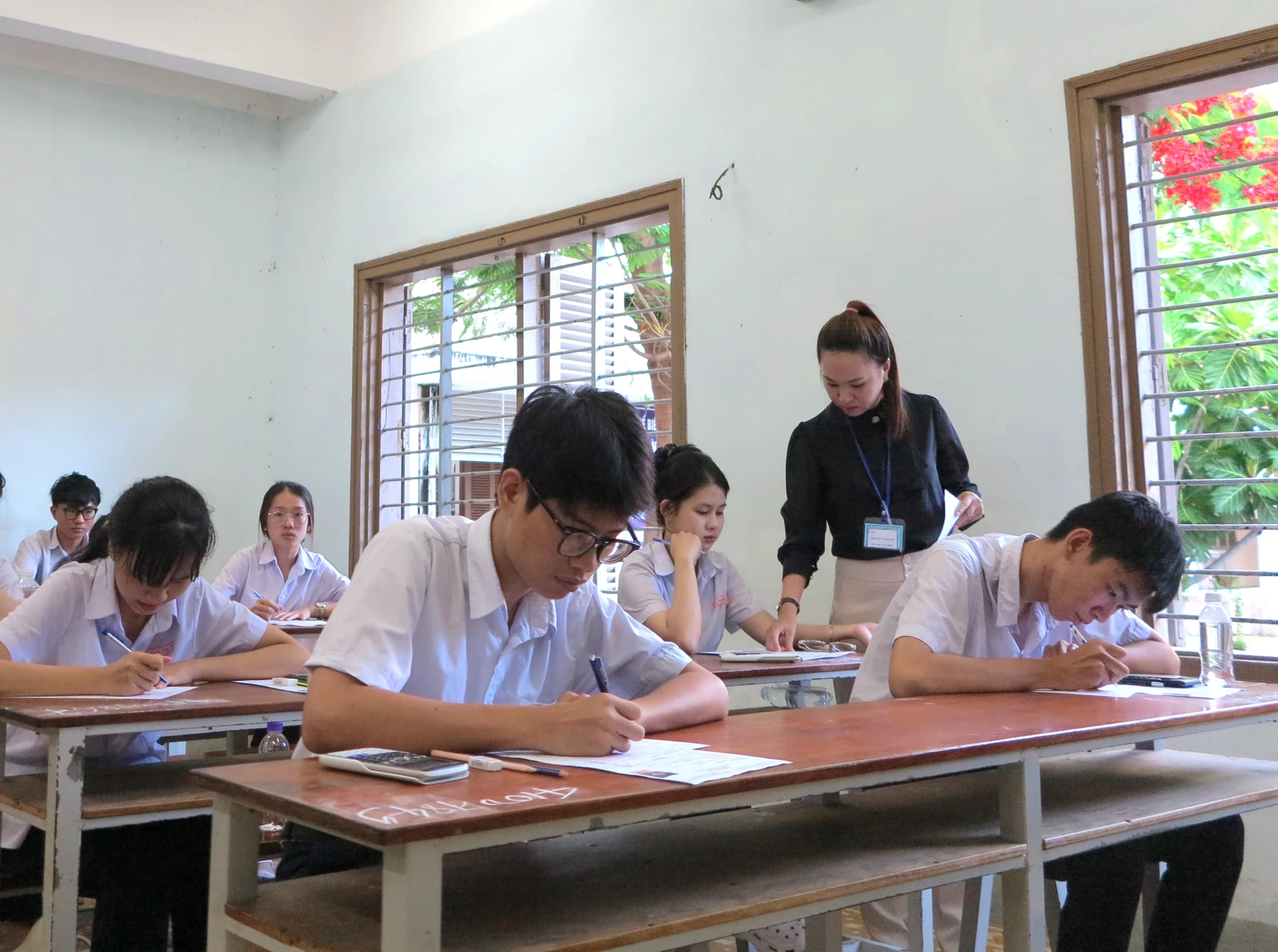



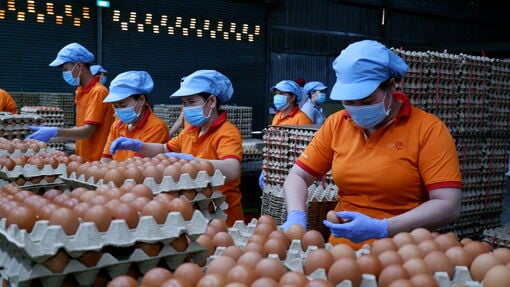

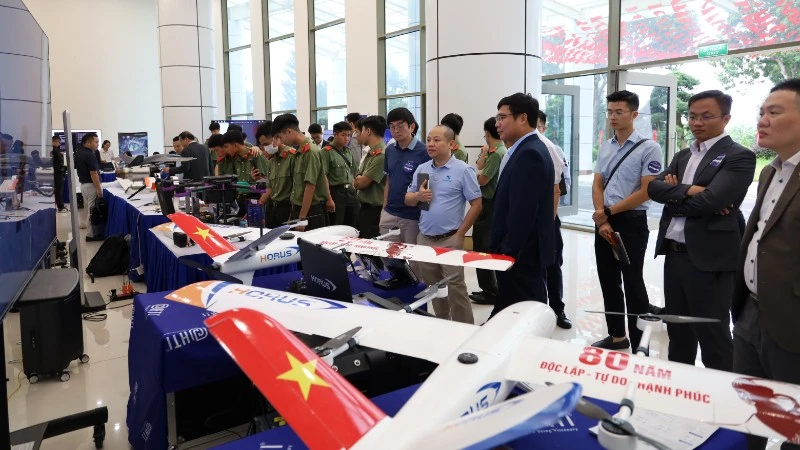
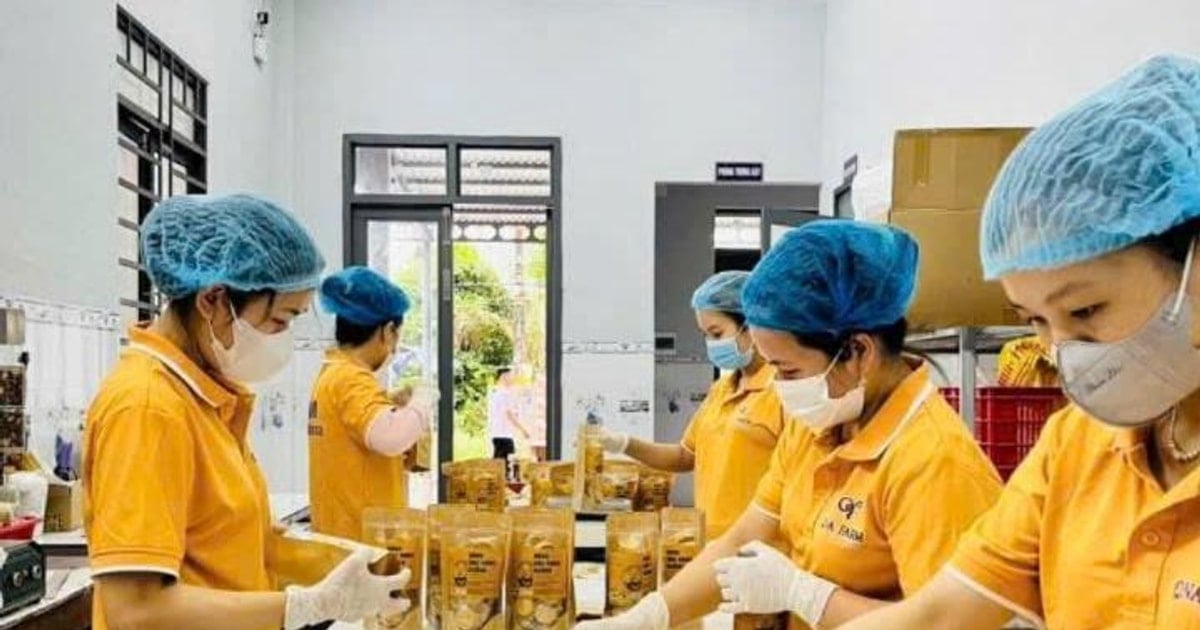

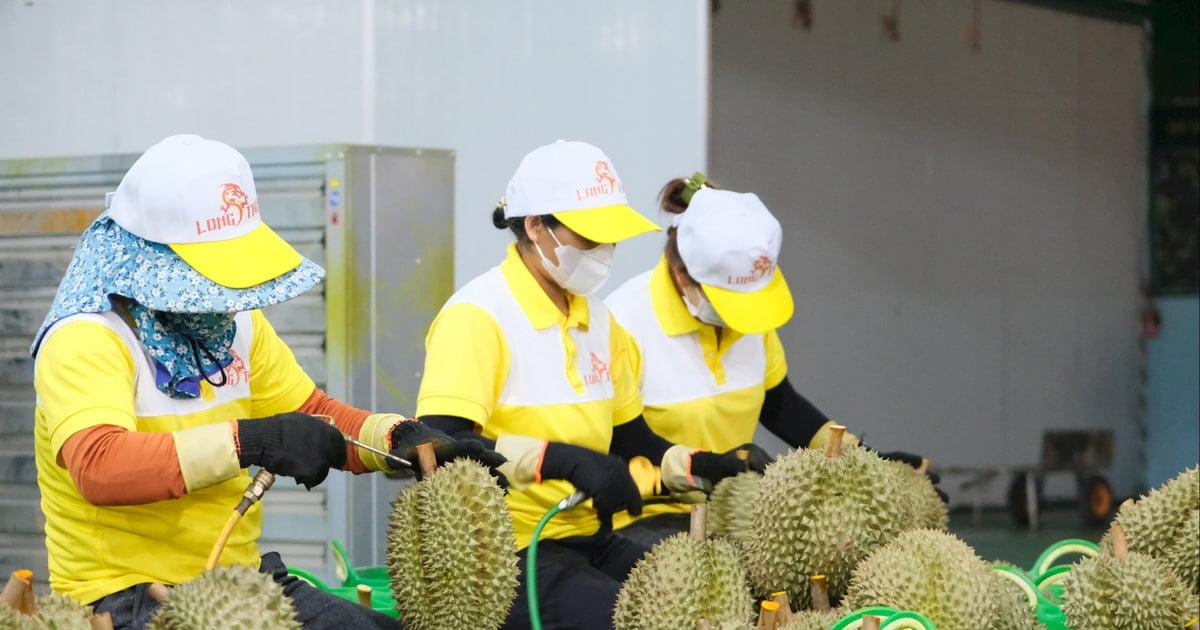






Comment (0)